Japandi kitchen design represents the perfect fusion of Japanese minimalism and Scandinavian functionality, creating serene spaces that prioritize both beauty and practicality. This design philosophy emphasizes natural materials, neutral color palettes, and clean lines to achieve a harmonious balance between form and function. The style combines Japanese minimalism with Scandinavian hygge, featuring natural materials like wood, stone, and bamboo. As 2025 unfolds, Japandi kitchens are gaining popularity for their ability to create peaceful, wellness-focused environments. These kitchens celebrate quality craftsmanship while maintaining uncluttered surfaces and thoughtful storage solutions that promote a sense of calm and organization in your daily cooking experience.
1. Japandi Natural Wood Cabinet Systems
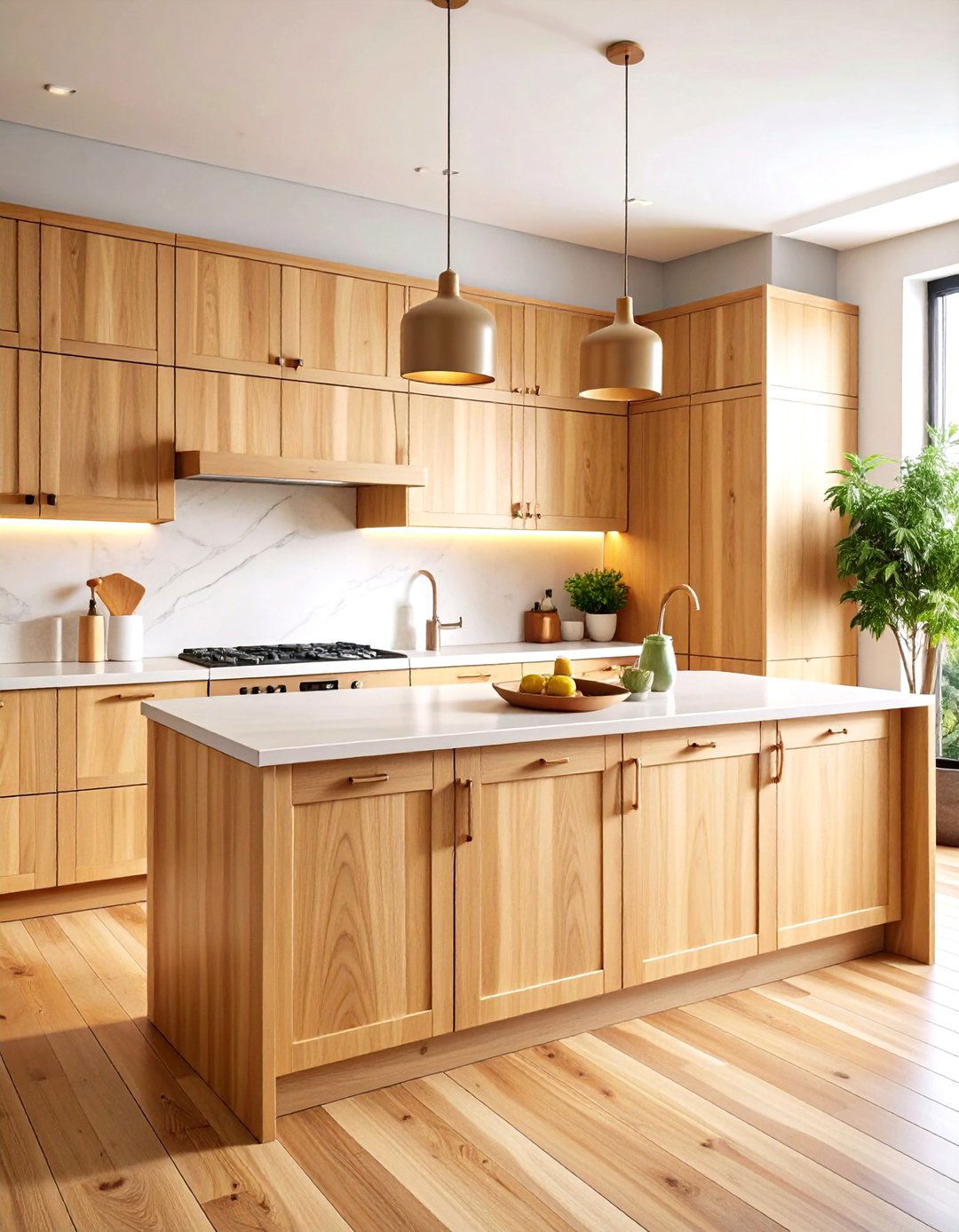
Light wooden cabinets in natural finishes like oak, ash, or walnut form the foundation of Japandi kitchen design. These cabinet systems emphasize smooth, clean lines with flat-panel doors that showcase the wood's natural grain patterns. Fluted wood cabinetry has emerged as a major 2025 trend, adding warmth and texture while maintaining the minimalist aesthetic. The key lies in selecting quality timber with visible grain that brings organic character to the space. Handleless designs create seamless surfaces that align with Japanese principles of simplicity. Choose cabinets with natural wood finishes that blend harmoniously with the overall neutral palette. These systems often incorporate hidden storage solutions to maintain the uncluttered appearance essential to Japandi philosophy, creating a kitchen that feels both sophisticated and deeply connected to nature.
2. Japandi Stone and Wood Countertop Combinations
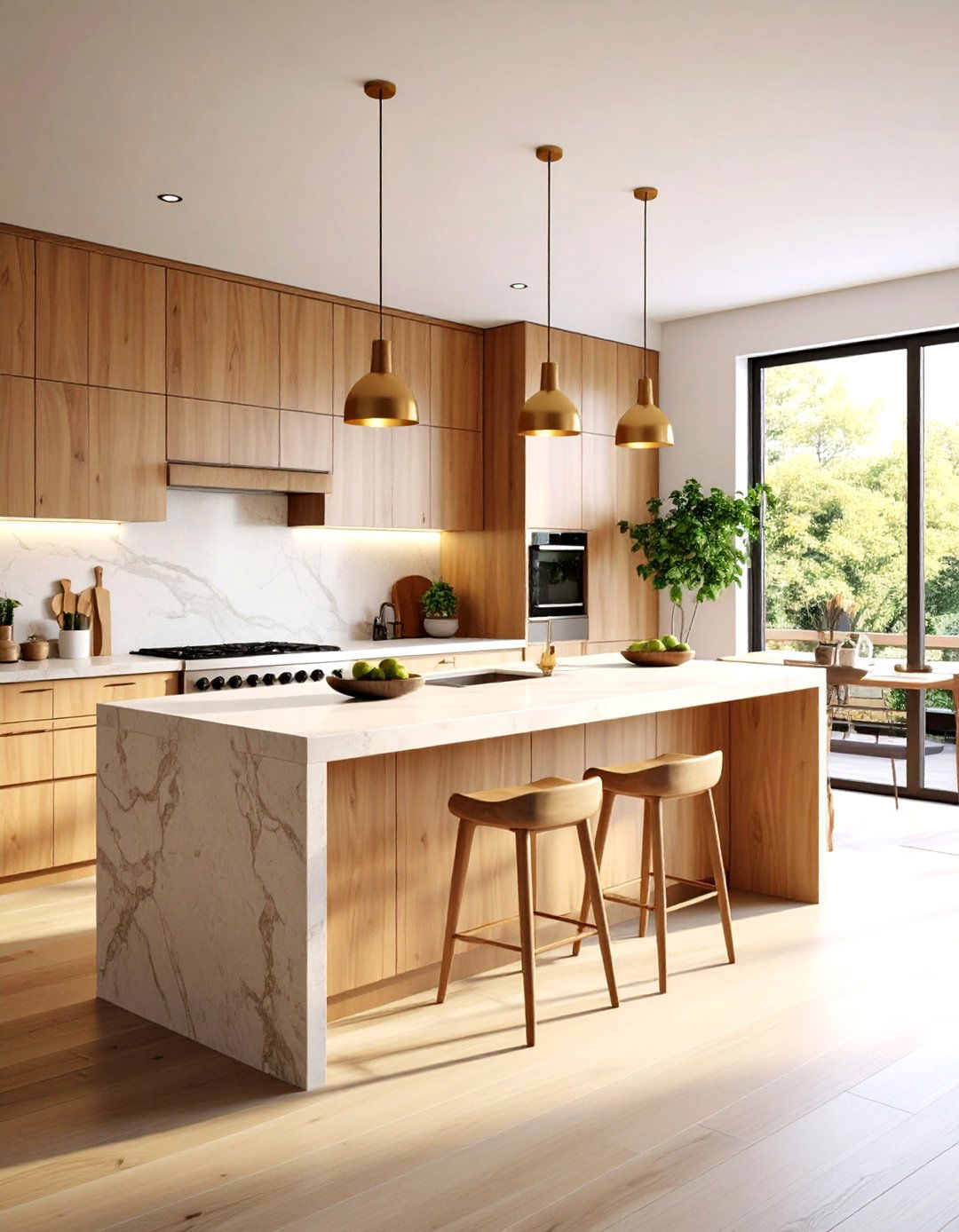
Natural stone countertops made from quartzite or granite enhance the organic vibe central to Japandi style. The combination of stone surfaces with wooden cabinetry creates a perfect balance between durability and warmth. Light countertops paired with dark oak cabinets exemplify how color and material interact in Japandi design. Consider beige-toned natural stones that complement wooden elements while providing practical work surfaces. This mix of materials brings a sense of balance and harmony to your kitchen, creating a visually stunning yet cohesive design. The contrast between smooth stone and textured wood grain adds visual interest without overwhelming the minimalist aesthetic. These combinations celebrate the Japanese appreciation for natural imperfections while delivering the functionality that Scandinavian design demands, resulting in surfaces that age beautifully and improve with time.
3. Japandi Minimalist Open Shelving Display
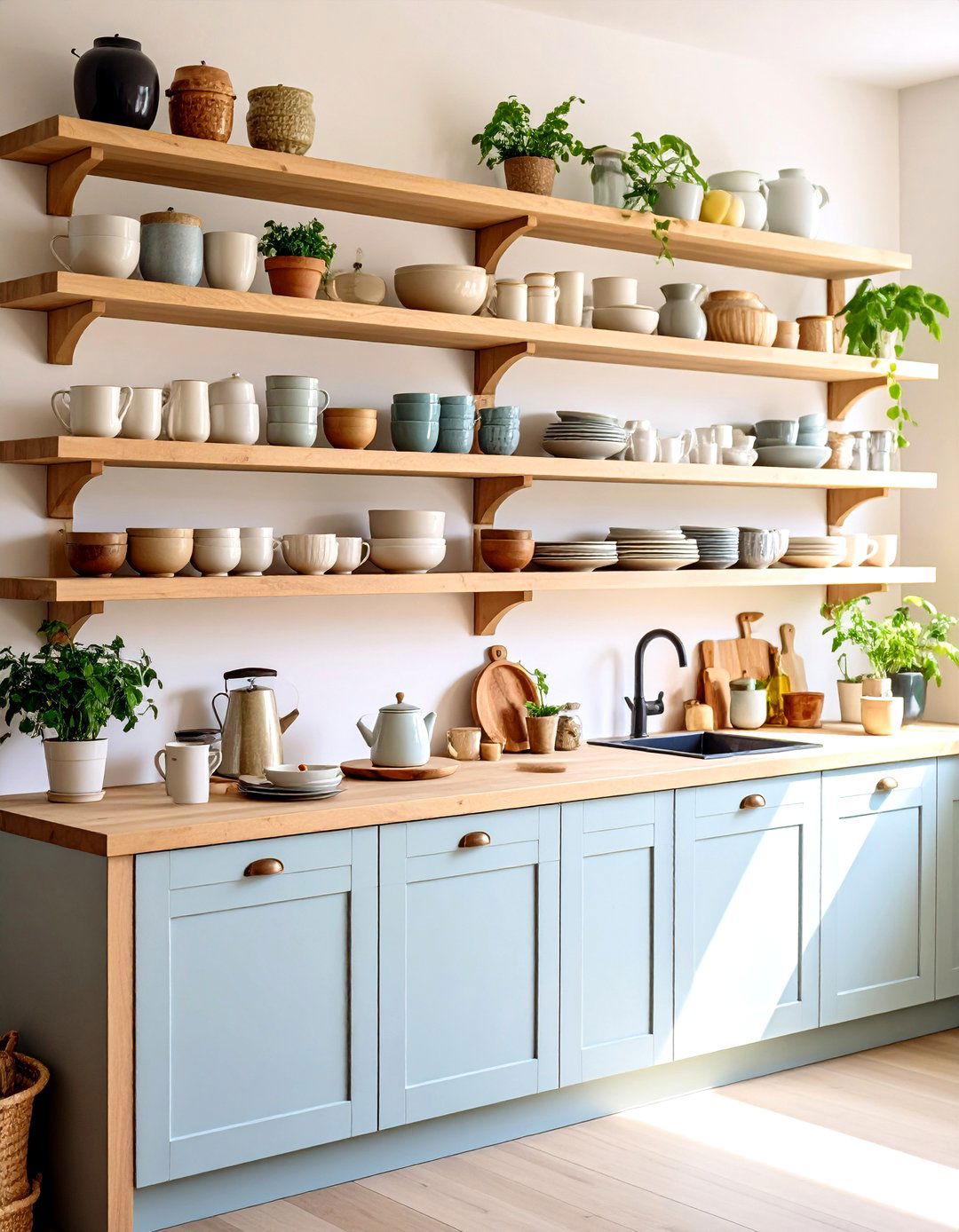
Open shelving perfectly suits Japandi kitchens by adding openness and allowing beautiful dishware display. Replace upper cabinets with floating wooden shelves to create an airy, uncluttered feeling that maximizes visual space. These shelves typically use light-stained wood and are positioned to showcase curated collections of ceramics and everyday essentials. The philosophy emphasizes displaying only functional, beautiful items that serve daily purposes. Use open shelves to store everyday dishes, ceramics, or kitchen accessories in an organized manner, choosing wooden shelves to match natural elements. This approach reduces visual weight while maintaining easy access to frequently used items. Strategic placement of pottery, plants, and essential cookware creates an artful arrangement that embodies the Japanese concept of finding beauty in everyday objects.
4. Japandi Pendant Light Fixtures
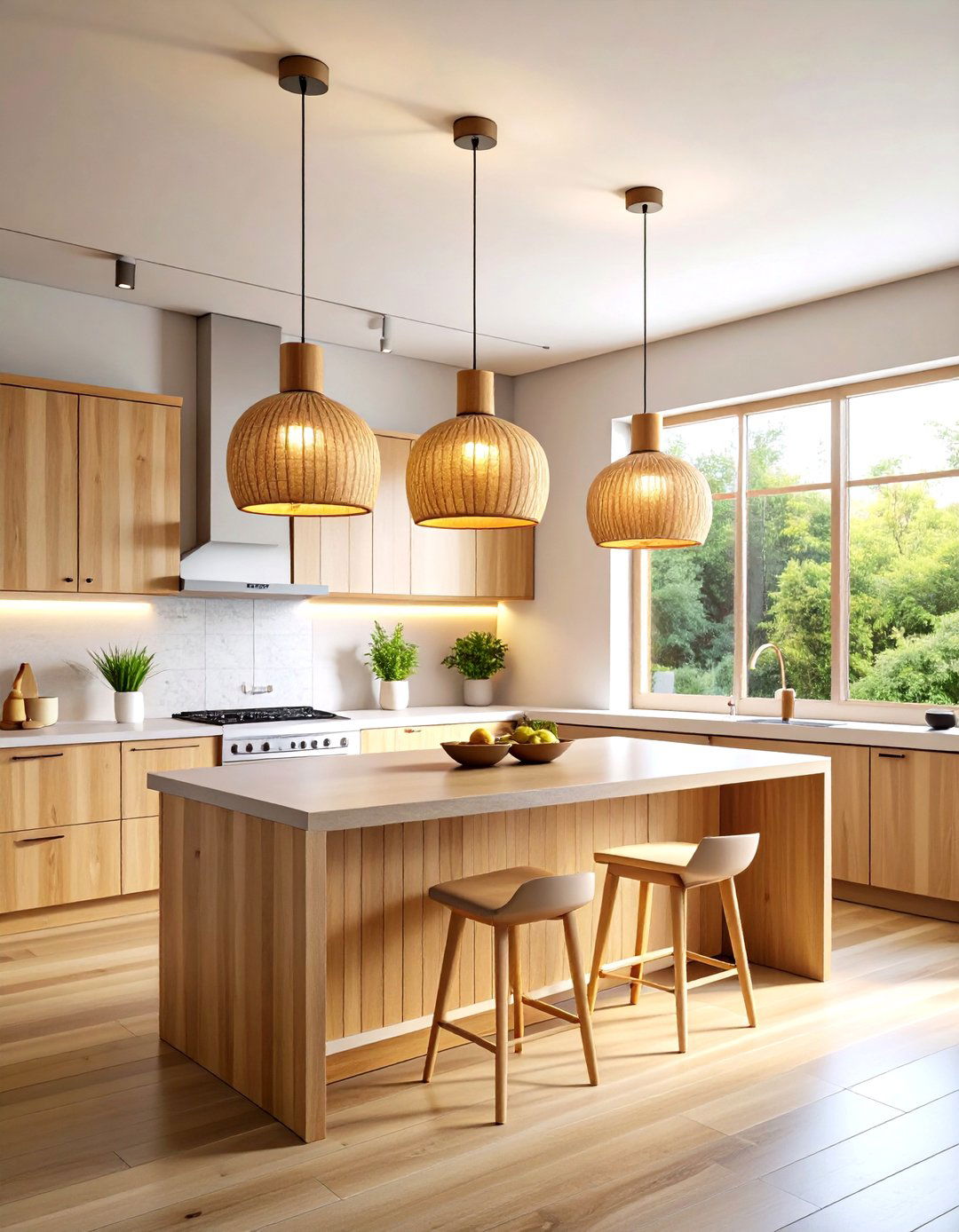
Japandi pendant lights feature natural materials like wood or bamboo with clean lines and simple shapes. These fixtures embody the style's commitment to functional beauty through minimalist designs in muted color palettes. Choose lighting options that offer soft, diffused glow through frosted glass or fabric shades to create a cozy atmosphere. The color palette should include muted shades of white, black, gray, or beige without unnecessary embellishments. Consider pendant clusters at varying heights over kitchen islands to create visual interest while maintaining the understated elegance. Warm LED lighting with minimalist fixtures highlights natural materials and textures. These lighting solutions complement the natural materials throughout the space while providing essential task lighting that enhances both functionality and the serene ambiance that defines Japandi design philosophy.
5. Japandi Neutral Color Palette Schemes

Soft whites, grays, beiges, and warm earth tones create the serene backdrop essential to Japandi style. This carefully curated palette promotes tranquility while highlighting natural textures and materials. Warm greige (gray-beige mix) and taupe tones are defining 2025 Japandi kitchens, adding organic touches that blend with wood elements. The neutral foundation allows natural wood grains and stone patterns to become focal points. These muted colors work harmoniously with wooden cabinetry and minimalist fixtures. Avoid stark contrasts in favor of subtle tonal variations that create depth without disrupting the peaceful atmosphere. Adding darker shades like charcoal or muted blues provides grounding without being distracting. This sophisticated color approach ensures longevity while supporting the meditative quality that makes Japandi kitchens feel like peaceful retreats from daily stress.
6. Japandi Bamboo and Rattan Accent Features
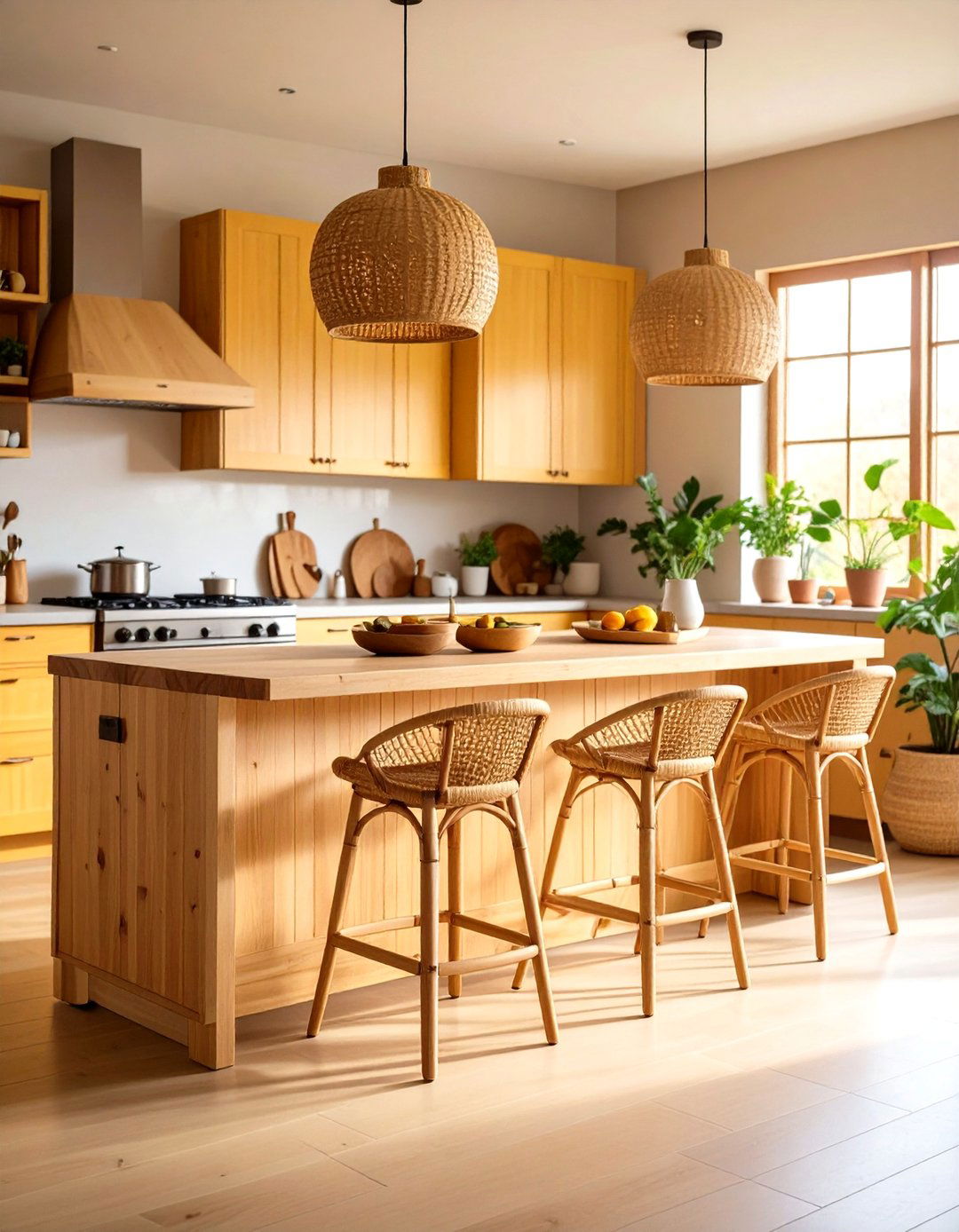
Bamboo offers versatile applications for furniture, wall coverings, and flooring while adding subtle warmth. These sustainable materials align perfectly with Japandi's environmental consciousness and natural aesthetic principles. Chairs or bar stools made from rattan or wicker add texture and warmth to the kitchen space. Bamboo is lightweight, strong, and sustainable, making it ideal for various kitchen applications. Consider bamboo cutting boards, utensil holders, or cabinet accents that introduce organic textures without overwhelming the minimalist design. Rattan and seagrass bring rustic touches while providing cozy, comfortable feelings through woven furniture pieces. These materials work beautifully as pendant light shades, storage baskets, or seating elements. The natural variations in bamboo and rattan grain patterns celebrate the Japanese philosophy of wabi-sabi, finding beauty in natural imperfections while maintaining the functionality Scandinavian design requires.
7. Japandi Hidden Storage Solutions
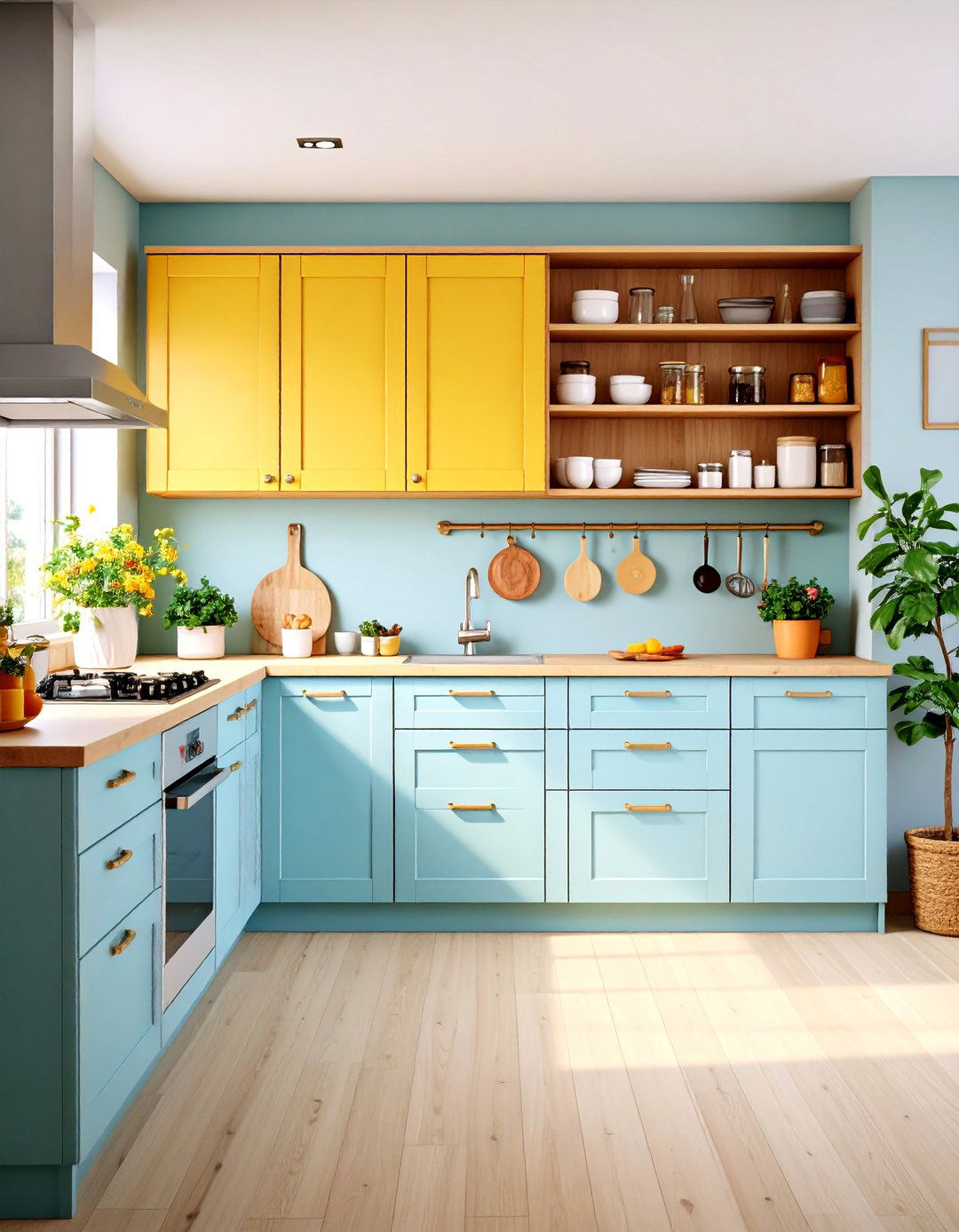
Minimalistic storage solutions like drawer dividers, labeled containers, and modular shelving create order and style. Japandi design prioritizes concealed storage that maintains clean surfaces while maximizing functionality. Smart storage features include pull-out drawers, concealed compartments, and overhead racks that maximize available space. Built-in solutions eliminate visual clutter by integrating seamlessly into the kitchen architecture. Integrated appliances help maintain seamless, clutter-free aesthetics perfect for small apartment spaces. Consider toe-kick drawers, hidden pantry systems, and appliance garages that keep countertops clear. Use storage containers made from bamboo or wood with clear or neutral-colored bins for cohesive appearances. These thoughtful storage systems support the minimalist philosophy while ensuring everything has its designated place, promoting the sense of calm and organization essential to Japandi living principles.
8. Japandi Natural Light Maximization
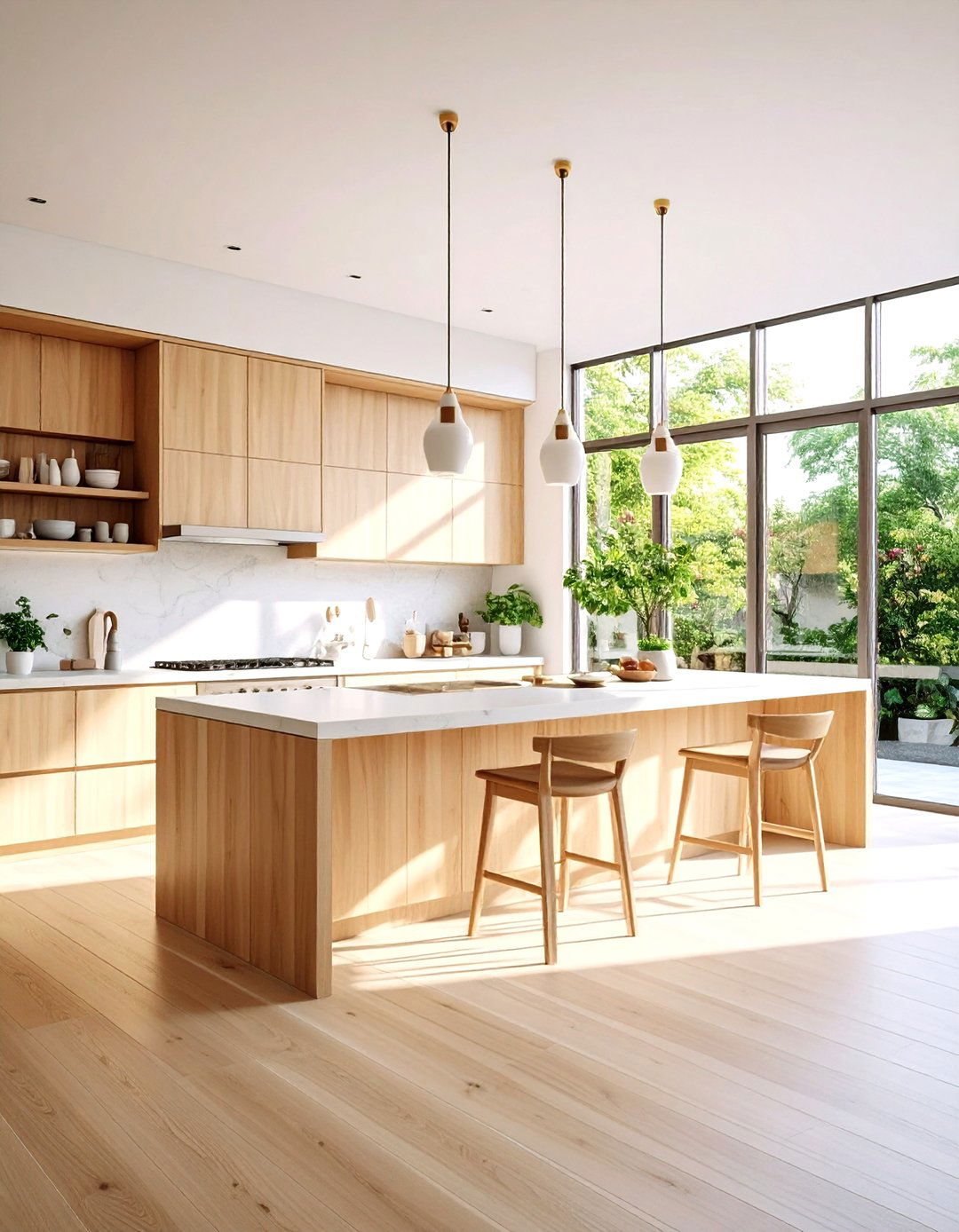
Maximize natural light with large windows or glass doors to highlight kitchen materials and colors. Natural illumination forms the cornerstone of Japandi design, creating connections between indoor and outdoor environments. Light-filled spaces enhance the feeling of openness while showcasing natural wood grains and stone textures. Consider removing heavy window treatments in favor of minimal coverings that filter rather than block sunlight. Skylights and clerestory windows can introduce additional natural light without compromising wall space needed for storage. Make the most of natural daylight to create airy, calm spaces with clean lines. Light-colored surfaces reflect and amplify available natural light throughout the day. When privacy is needed, choose natural fiber shades or translucent panels that maintain the connection to outdoor light while providing necessary screening. This approach reduces dependence on artificial lighting during daylight hours.
9. Japandi Ceramic and Pottery Displays
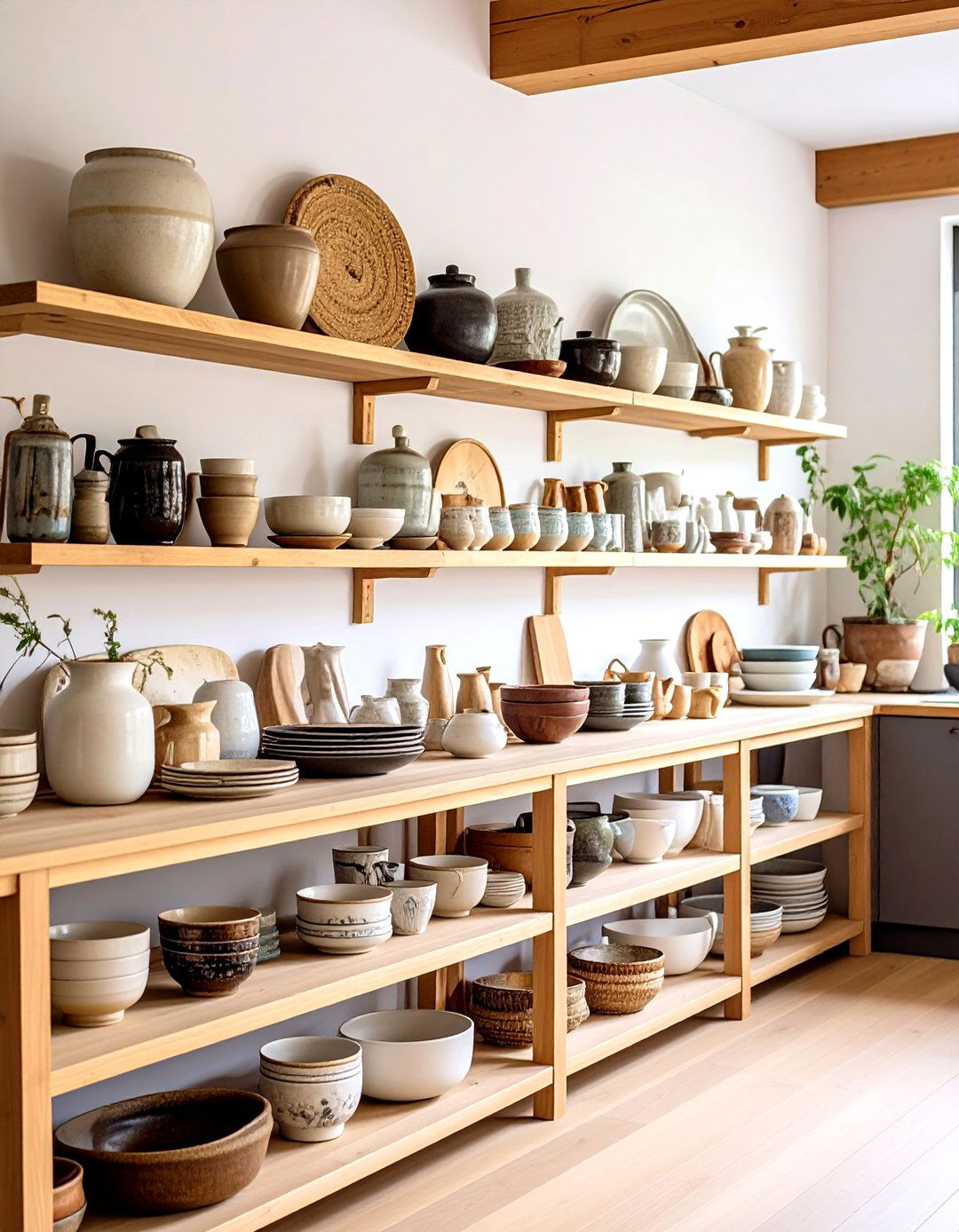
Ceramics are important in Japandi design as natural materials meant to age while providing function. These handcrafted pieces celebrate imperfection and traditional craftsmanship values central to Japanese aesthetics. Select Japanese ceramics for their beauty and craftsmanship, using them for both decor and functional dining purposes. Display collections of varying sizes and earth-toned glazes on open shelving to create visual interest through subtle variations. Ceramics are made of natural ingredients, shaped and fired at high temperatures, creating unique statement pieces. Consider integrating ceramic backsplash tiles, decorative vessels, or everyday dinnerware that embodies the wabi-sabi philosophy. These pieces should feel hand-touched rather than machine-made, celebrating the marks and irregularities that make each item unique. The warm, organic qualities of ceramic complement wood and stone elements while adding subtle color variations that enhance the natural palette.
10. Japandi Functional Kitchen Islands
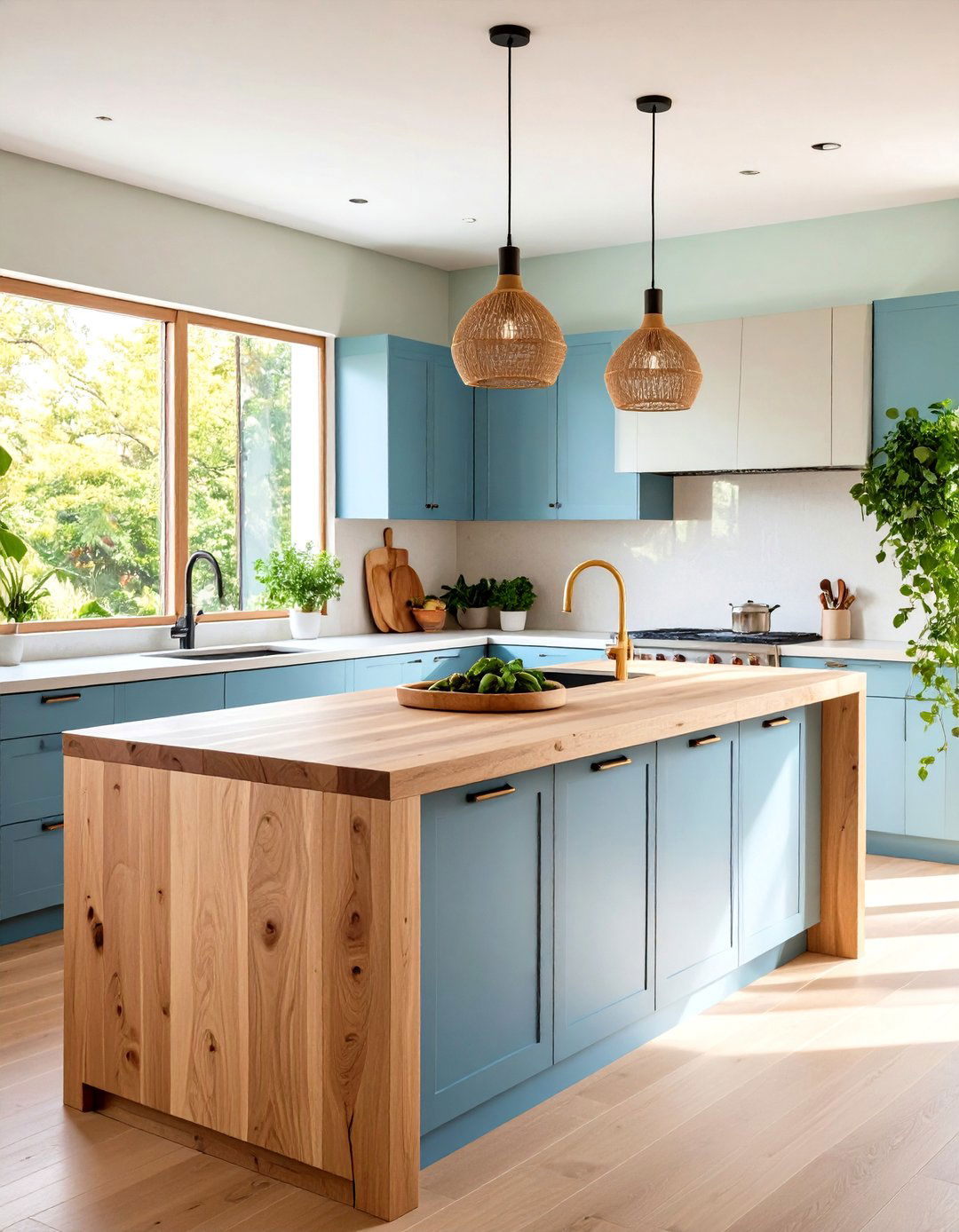
Kitchen islands provide additional workspace and storage while maintaining clean, minimalist lines. These central features combine Scandinavian functionality with Japanese simplicity to create highly efficient cooking zones. Thoughtful placement of essential appliances and work areas streamlines kitchen tasks while additional storage keeps spaces clutter-free. Consider islands with integrated storage, prep sinks, or dining extensions that maximize utility without visual bulk. Islands can feature live-edge wood tops, ribbed cabinet surfaces, or contrasting materials that add texture. The key lies in maintaining proportional relationships with the surrounding space while ensuring adequate circulation. Natural wood islands paired with stone tops create material harmony that anchors the kitchen design. Slatted kitchen islands have become trendy features that add textural interest. These functional centerpieces should feel like natural extensions of the kitchen rather than imposed additions.
11. Japandi Textured Backsplash Designs
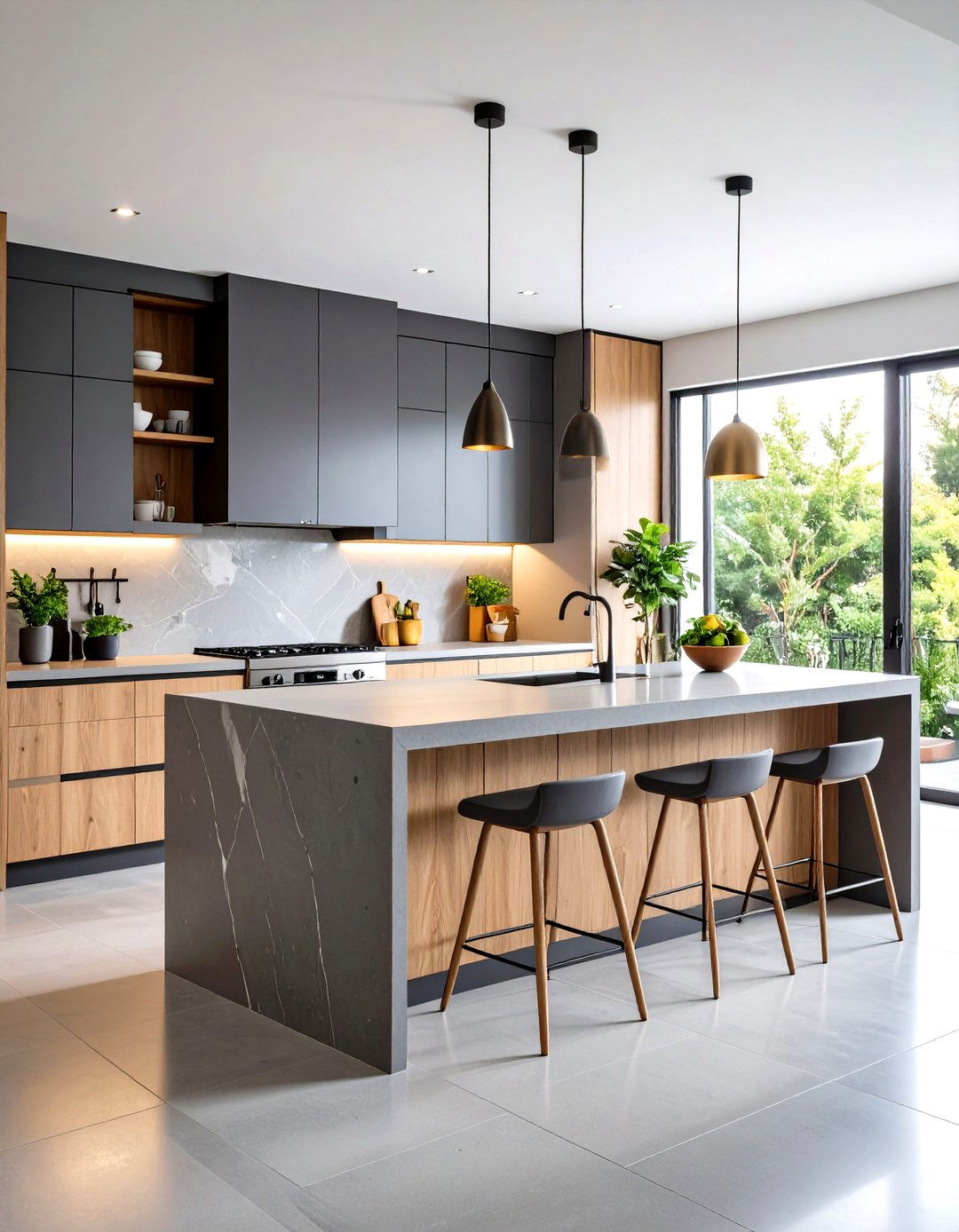
Microcement offers sleek, durable, low-maintenance alternatives to traditional stone or tile backsplashes. These modern materials complement Japandi's simplicity philosophy while adding contemporary touches to smaller kitchens. Natural stone backsplashes in grey tones create sophisticated backdrops that highlight cabinet materials. Consider terrazzo surfaces that blend stone fragments in neutral tones for subtle texture without overwhelming patterns. White paneled splashbacks add texture while darker wall shades provide depth and contrast for calming balance. Stacked or subway tiles in natural materials maintain clean lines while introducing dimensional interest. Seamless finishes align with Japandi's minimalist philosophy while adding modern touches. The goal involves creating surfaces that protect walls functionally while contributing to the overall aesthetic harmony. These backgrounds should complement rather than compete with other kitchen elements, supporting the meditative quality essential to Japandi design.
12. Japandi Plant Integration Systems
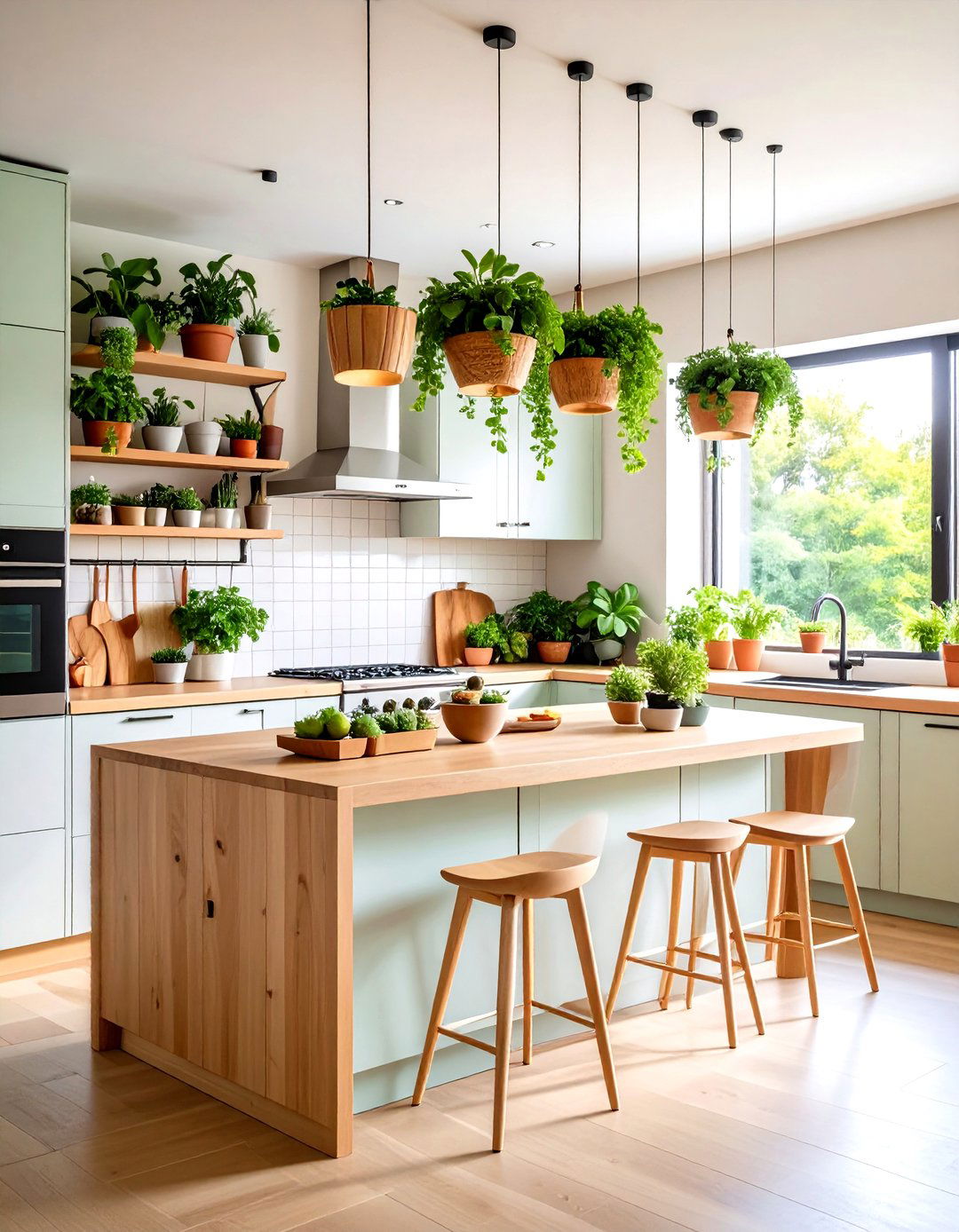
Introduce potted plants, herbs, or compact indoor gardens to amplify the organic ambiance. Living elements create essential connections between interior spaces and the natural world that Japandi design celebrates. Include living plants and greenery as foundation elements, bringing nature inside through potted or hanging arrangements. Choose low-maintenance varieties like succulents, ferns, or culinary herbs that thrive in kitchen conditions. Built-in planters, window herb gardens, or floating plant shelves integrate greenery without cluttering surfaces. Place many plant shelves or wall-hung arrangements to enhance the decor naturally. Consider air-purifying plants that improve kitchen air quality while adding life to the space. The presence of growing things supports the Japanese concept of finding beauty in natural cycles and impermanence. These living accents should feel purposeful rather than decorative, contributing to both the aesthetic and functional aspects of the kitchen environment.
13. Japandi Minimalist Hardware Selection
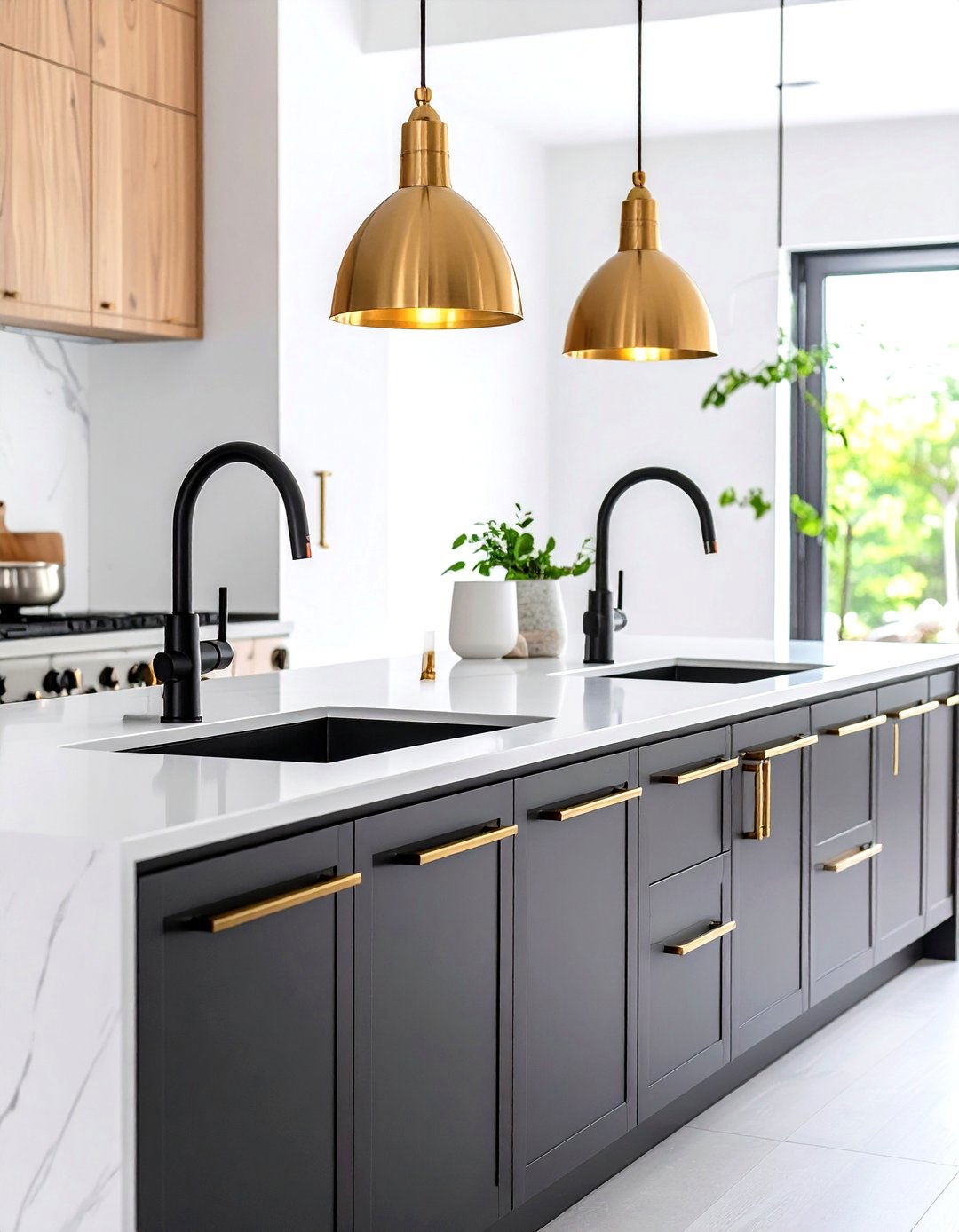
Faucets, cabinet handles, and sink fittings in matte black or brushed brass contrast beautifully with warm wood tones. Hardware choices significantly impact the overall aesthetic while supporting the functional requirements of daily kitchen use. Sleek, minimalist cabinets feature handleless designs that seamlessly blend into the overall composition. When handles are necessary, choose simple linear designs in natural materials like wood or matte metals. Modern yet timeless touches come from carefully selected metal finishes that complement natural materials. Avoid ornate or decorative hardware that disrupts the clean lines essential to the style. Consider push-touch mechanisms or integrated finger pulls that eliminate visible hardware entirely. Focus on straight, minimalist lines combined with practical storage solutions. The best hardware disappears into the design while providing reliable functionality. These details should feel like natural extensions of the materials rather than applied decorations, supporting the authentic, unpretentious character of Japandi design.
14. Japandi Sustainable Material Choices
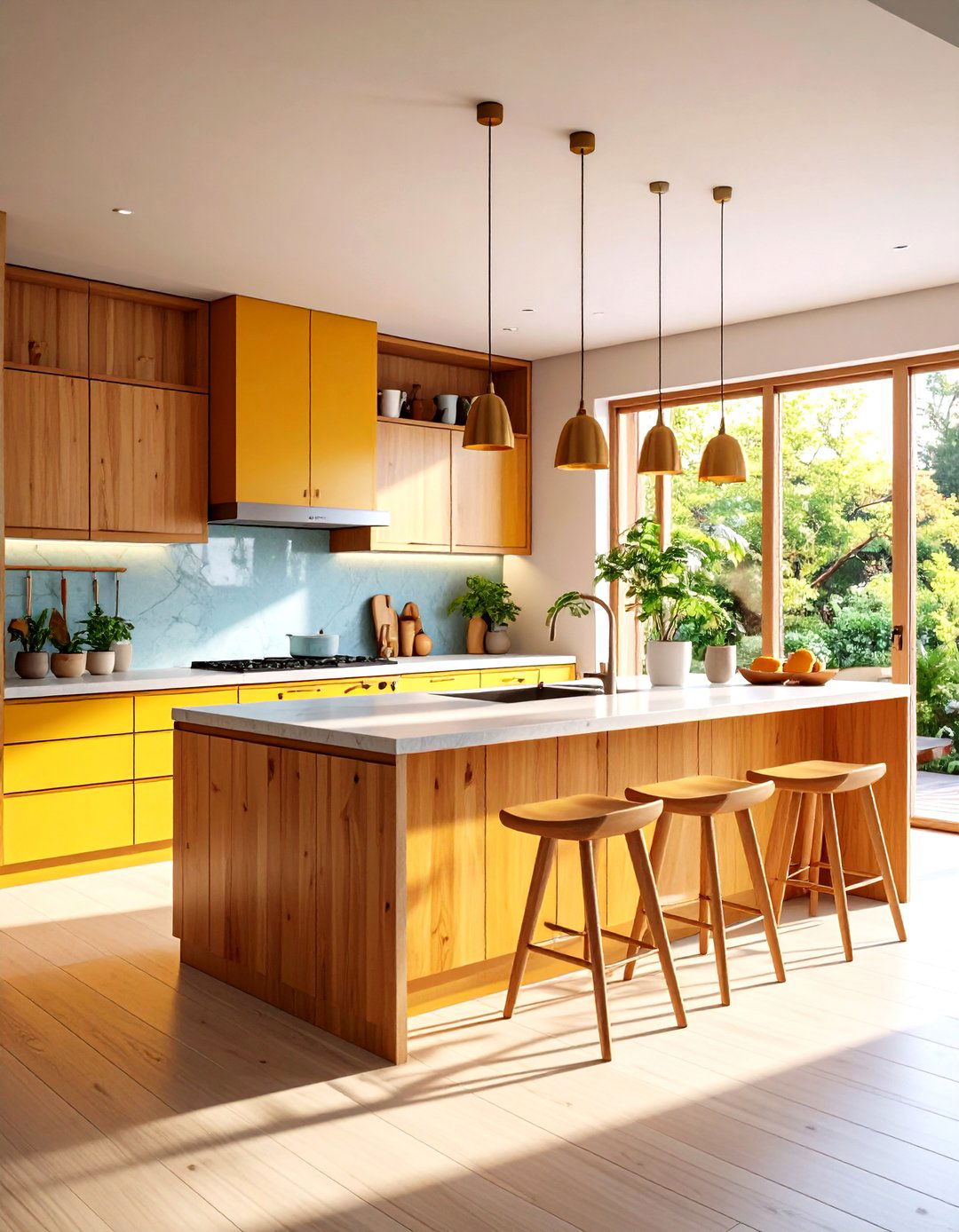
Sustainability remains a core value in Japandi design through eco-friendly options like bamboo, reclaimed wood, or recycled stone. These environmentally conscious choices align with both Japanese and Scandinavian values of respecting natural resources. Use eco-friendly storage containers and reduce packaging waste to align with minimalism and environmental consciousness principles. Consider FSC-certified woods, recycled glass surfaces, or responsibly sourced stone that minimizes environmental impact. Hemp fabrics offer carbon-negative raw materials that absorb CO2 while providing natural texture. Local sourcing reduces transportation impacts while supporting regional craftspeople and suppliers. By choosing environmentally conscious materials, you contribute to a healthier planet while creating timeless kitchens. These sustainable approaches often result in higher-quality materials that age beautifully and last longer than conventional alternatives. The investment in responsible materials reflects the Japandi philosophy of mindful consumption and appreciation for well-made, durable items.
15. Japandi Fluted Wood Cabinet Details
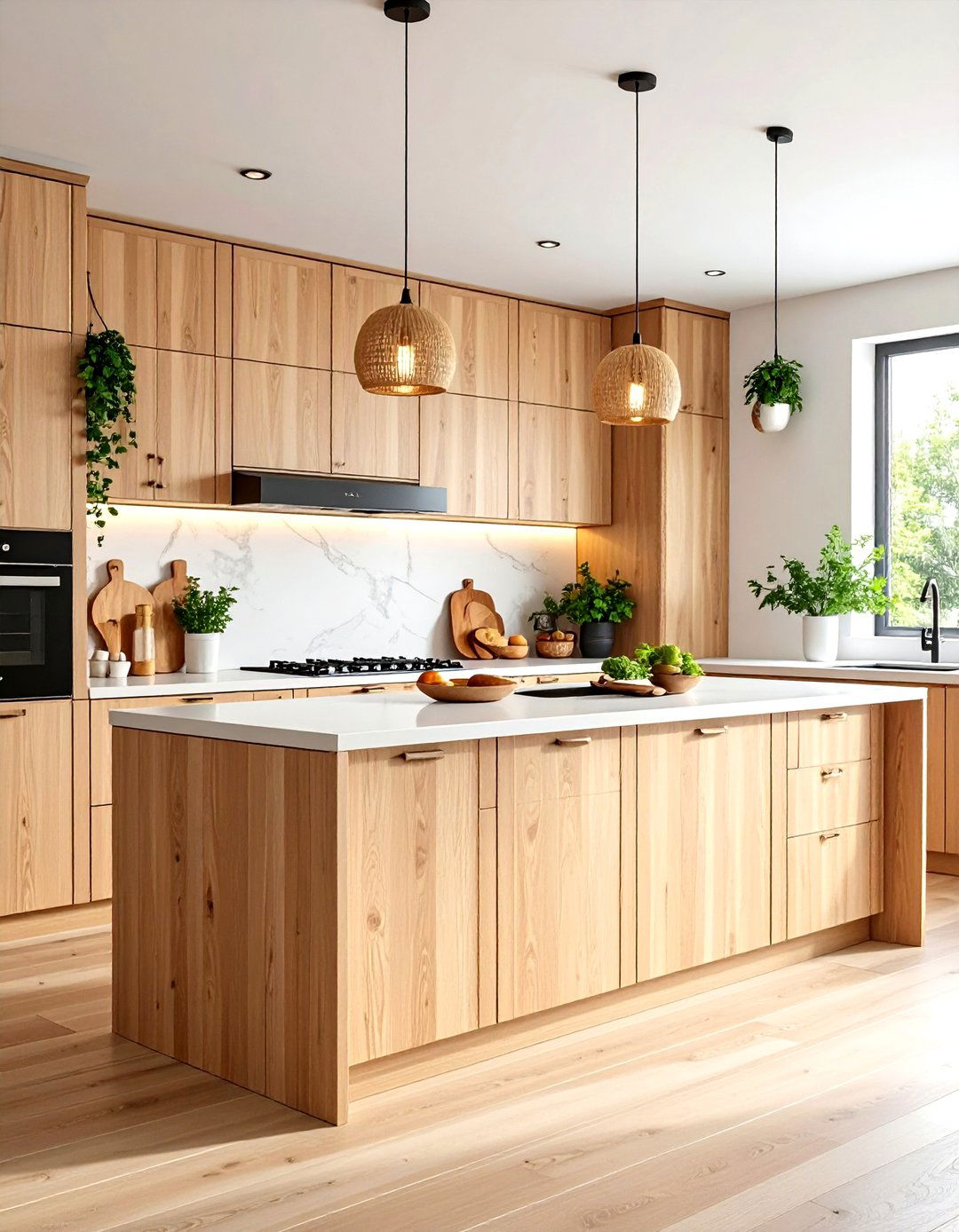
Fluted wood cabinetry represents one of the biggest Japandi trends in 2025, adding warmth and texture. These vertical grooves create subtle shadows and dimensional interest while maintaining the clean aesthetic Japandi demands. Light oak, ash, or walnut with natural finishes provide timeless appearances that complement minimalist design. Fluted surfaces add tactile quality that invites touch while creating visual rhythm through repeating patterns. Ribbed cabinets and kitchen islands have become major trends that add textural surfaces. The linear patterns complement the straight lines found throughout Japandi interiors while introducing organic variation. Consider combining smooth and fluted surfaces to create subtle contrast without disrupting the overall harmony. These details should feel integral to the design rather than applied decoratively. Grid-like structures in cabinetry offer harmonious, balanced aesthetics inspired by traditional Japanese architecture. The goal involves enhancing natural wood beauty through carefully considered surface treatments.
16. Japandi Warm Lighting Ambiance
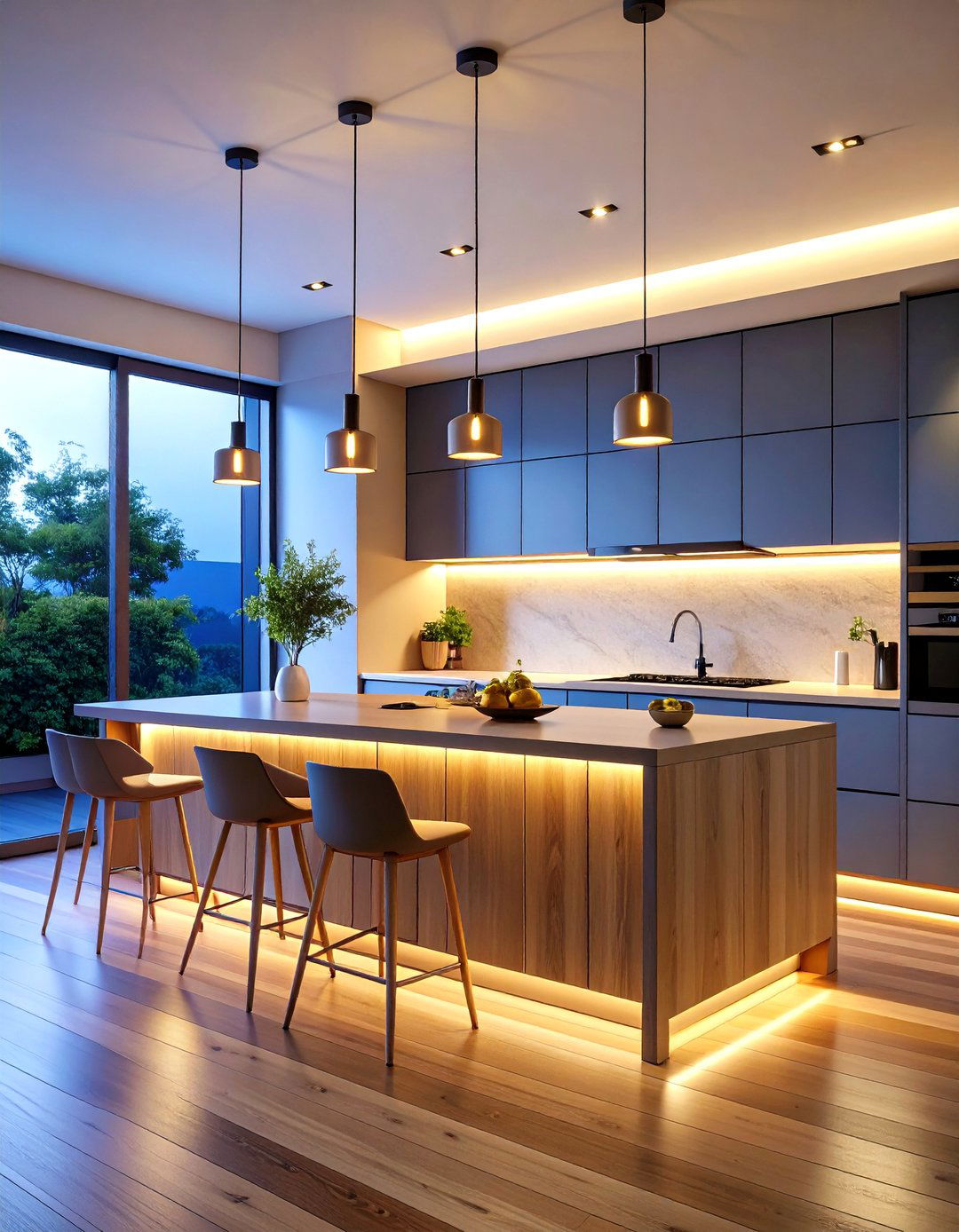
Under-cabinet LED strip lighting with warm tones enhances the soft, welcoming atmosphere while highlighting textured backsplashes. Layered lighting creates flexible environments that adapt to different activities throughout the day. Choose fixtures offering soft, diffused glows through frosted glass or fabric shades for cozy, calming atmospheres. Multiple light sources at varying heights prevent harsh shadows while maintaining the gentle quality essential to Japandi spaces. Soft lighting that creates warm glows is ideal for establishing cozy home atmospheres. Consider dimmable systems that adjust intensity based on natural light levels and daily rhythms. Choose simple, functional lighting like spotlights or minimalist pendant lamps that highlight natural materials. Task lighting should feel integrated rather than prominent, supporting activities without overwhelming the peaceful ambiance. Prioritize energy-efficient LED solutions that align with sustainable living philosophies. The lighting should feel like natural extensions of daylight as evening approaches.
17. Japandi Clutter-Free Organization
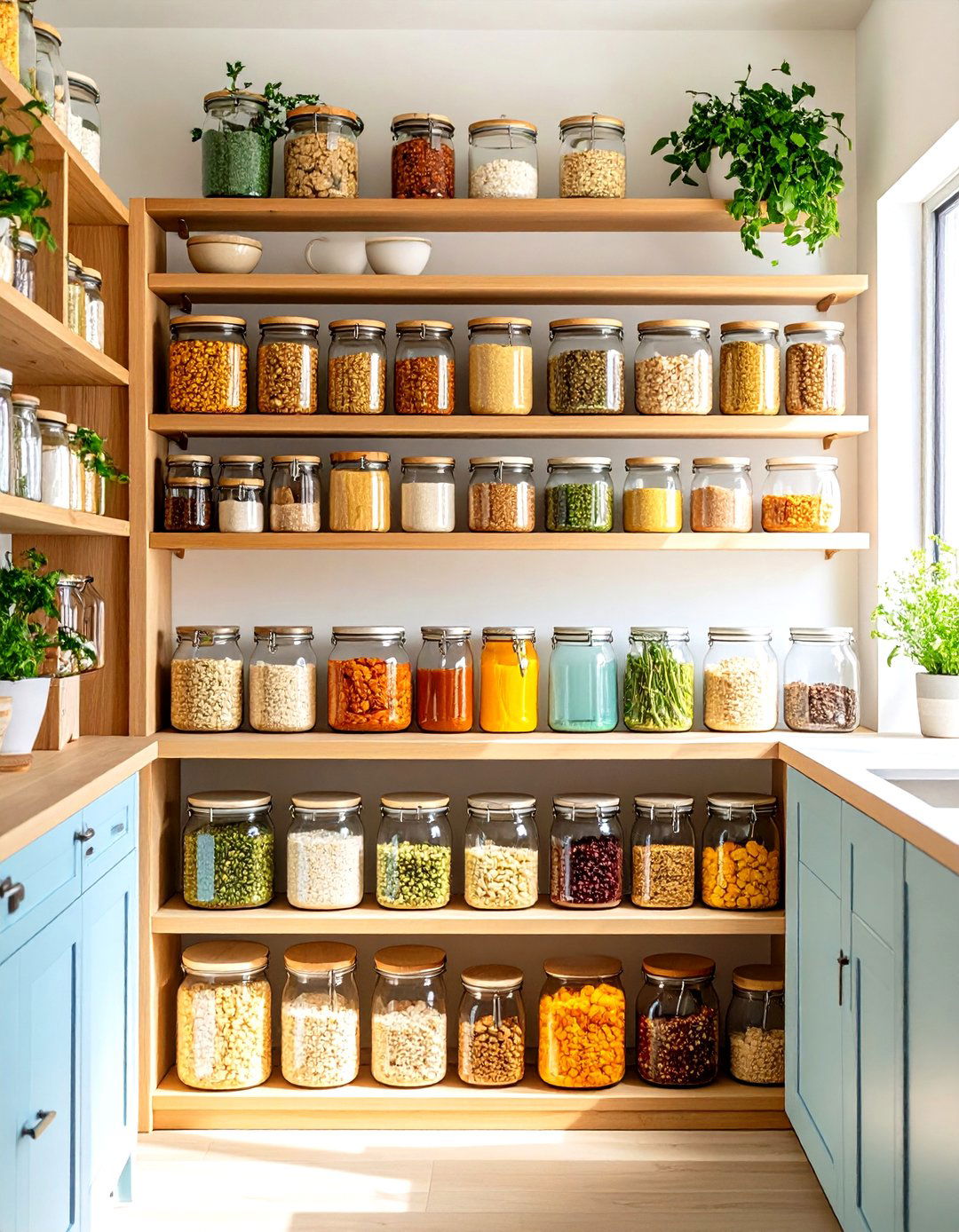
Strategic organization and labeling systems optimize pantry functionality while maintaining visual serenity. The minimalist approach requires thoughtful systems that keep essential items accessible while maintaining clean surfaces. Smart storage solutions ensure every item has its designated spot, promoting orderliness and tranquility. Decanting essentials into uniform containers creates sleek, organized appearances that align with minimalist aesthetics. Consider daily, weekly, and seasonal rotation systems that keep frequently used items within easy reach. Begin by removing unnecessary items and keeping only what serves purposes or brings joy. Hidden storage systems maintain visual calm while supporting functional requirements. The thoughtful placement of compartments, drawers, and shelves allows efficient organization and easy access. Regular decluttering becomes essential to maintaining the peaceful environment that defines successful Japandi kitchens. The organization should feel effortless rather than rigid, supporting natural daily rhythms and cooking patterns.
18. Japandi Natural Stone Flooring
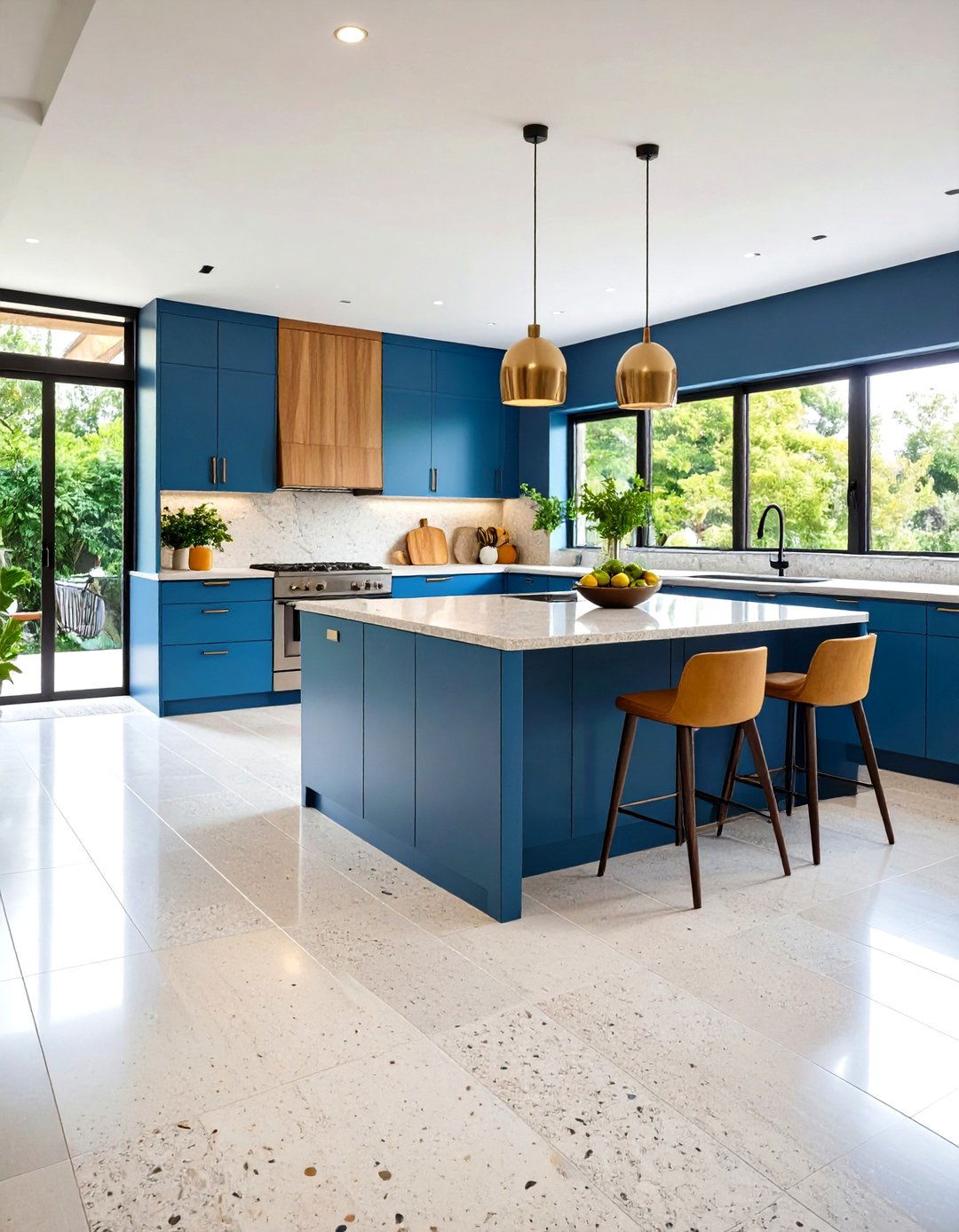
Natural stone flooring like granite, marble, or limestone brings unique character where no two pieces are identical. These durable surfaces celebrate natural imperfections while providing practical benefits for high-traffic kitchen areas. Light wooden floors add warmth and natural feelings that complement other organic materials. Consider honed finishes rather than polished surfaces to maintain the understated elegance Japandi requires. Natural stone was formed thousands of years ago, inheriting uniqueness that cannot be replicated. Large-format tiles minimize grout lines while creating seamless flows between kitchen and adjacent spaces. Stone provides durability while celebrating imperfection and bringing texture to spaces. The goal involves selecting materials that age gracefully while maintaining their essential character. Terrazzo flooring featuring stone fragments in neutral tones creates dynamic yet harmonious foundations. These surfaces should feel grounded and substantial while supporting the light, airy quality of the overall design.
19. Japandi Mixed Material Harmony
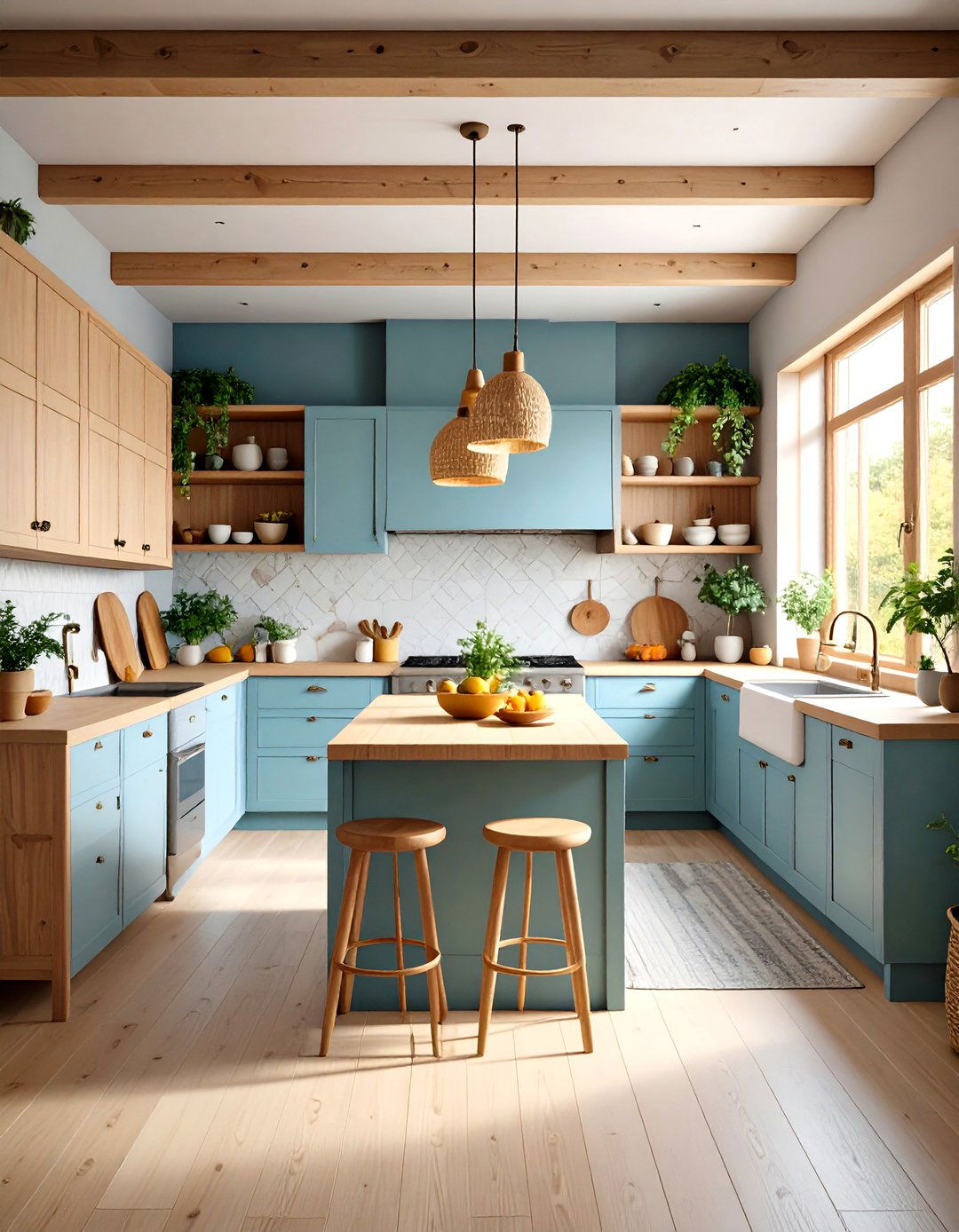
Combining different natural materials like wood, stone, and ceramics creates functional spaces that contribute to calmness. Successful material mixing requires understanding how textures, colors, and patterns interact to create cohesive environments. The combination of stone and wood brings balance and harmony, creating visually stunning yet cohesive designs. Consider how smooth and rough textures play against each other to create interest without conflict. Wood, stone, metal with living finishes, greenery, ceramics, and eco-friendly fabrics form the essential material palette. Each material should contribute its unique qualities while supporting the overall aesthetic harmony. Materials like rattan, bamboo, stone, wool, and linen create beautiful, inviting Japandi-style spaces. The key lies in selecting materials that share natural origins and complementary color tones. Earthy, natural materials help create more organic designs that feel connected to the natural world. These combinations should feel inevitable rather than forced, creating environments that support both functional needs and emotional well-being.
20. Japandi Zen-Inspired Dining Spaces
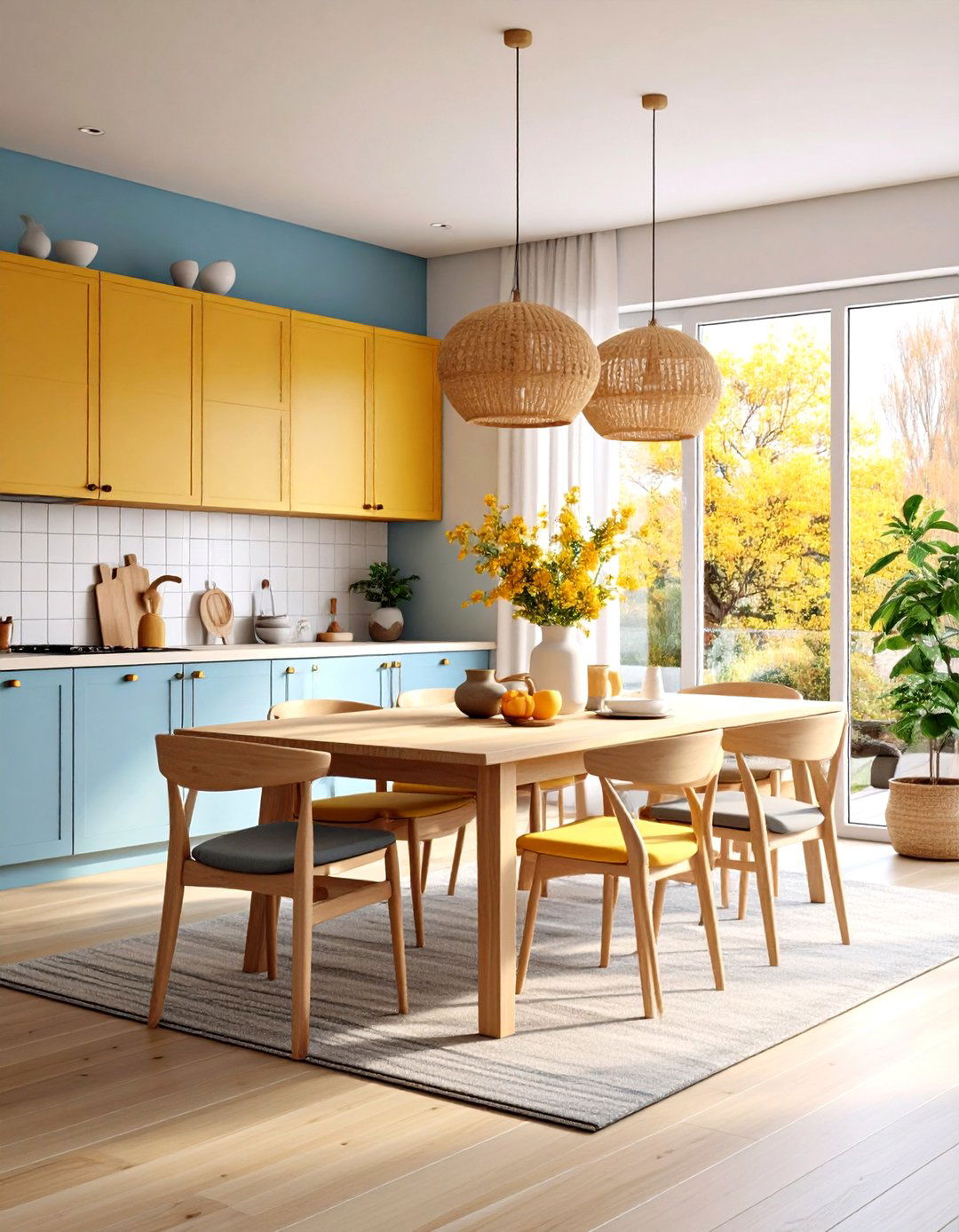
For casual dining areas, floor cushions add authentic Japanese touches that enhance the cultural connection. These integrated eating spaces promote mindful consumption and social connection within the kitchen environment. Simple, functional, beautifully designed furniture embodies Scandinavian aesthetics while supporting daily rituals. Consider built-in banquette seating with natural cushions that provide comfort without visual bulk. Natural wood dining sets paired with kitchen islands create cohesive material relationships. The dining zone should feel like a natural extension of the cooking area rather than a separate space. Limited decorative items that are both functional and beautiful avoid unnecessary clutter. Tables and seating should celebrate natural wood grains while providing comfortable gathering places for family meals. The arrangement should encourage lingering and conversation while maintaining the serene quality essential to Japandi philosophy. Natural colors in linen or cotton textiles for seat cushions enhance comfort while maintaining aesthetic harmony.
Conclusion:
Japandi kitchen design offers a timeless approach to creating peaceful, functional cooking spaces that celebrate natural beauty and mindful living. By incorporating these twenty ideas, you can transform your kitchen into a serene retreat that balances Japanese minimalism with Scandinavian warmth. The key lies in selecting quality natural materials, maintaining clutter-free organization, and embracing the philosophy that less truly is more. These design principles create kitchens that not only look beautiful but also support daily rituals and promote well-being through thoughtful, intentional design choices that will remain relevant for years to come.


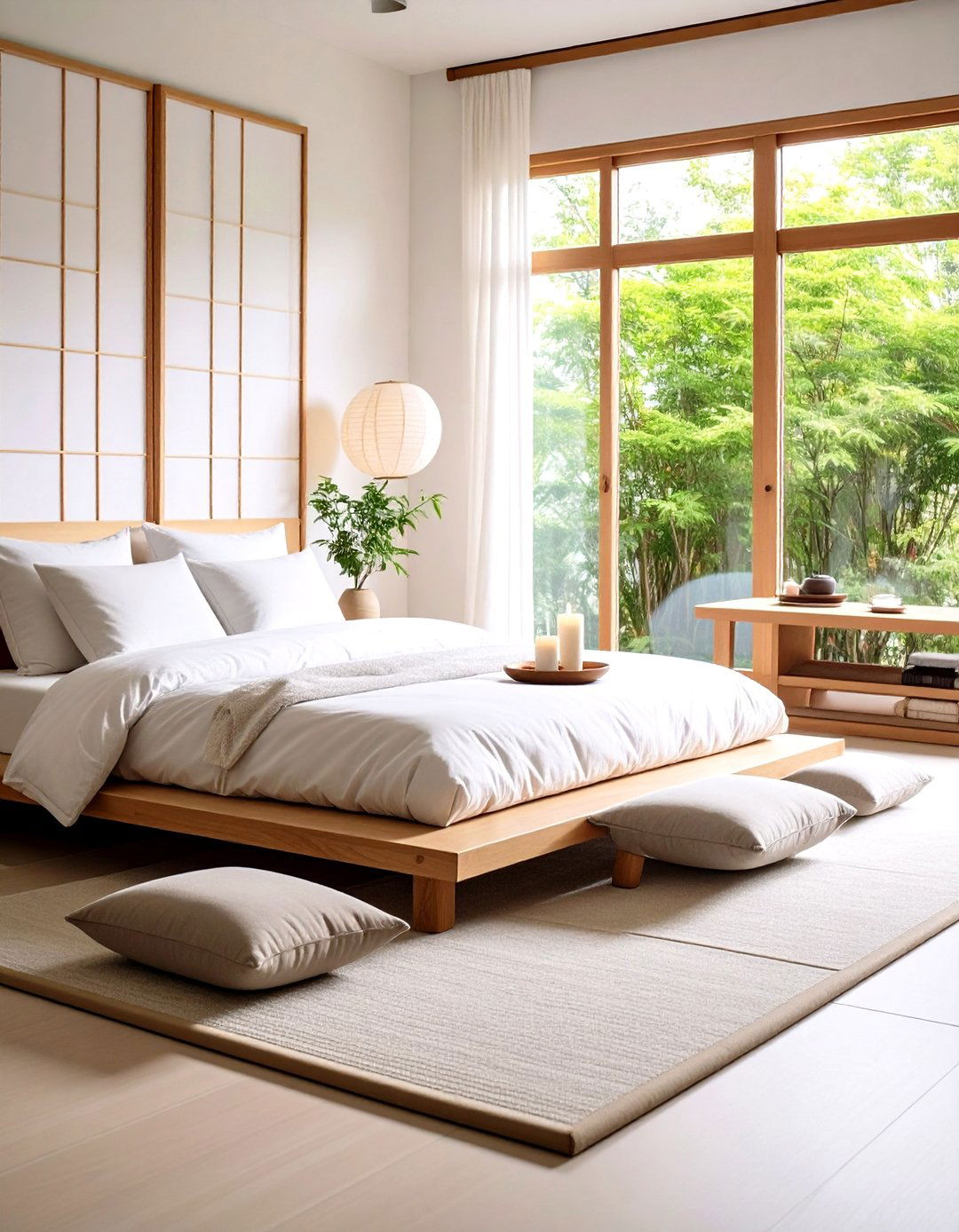
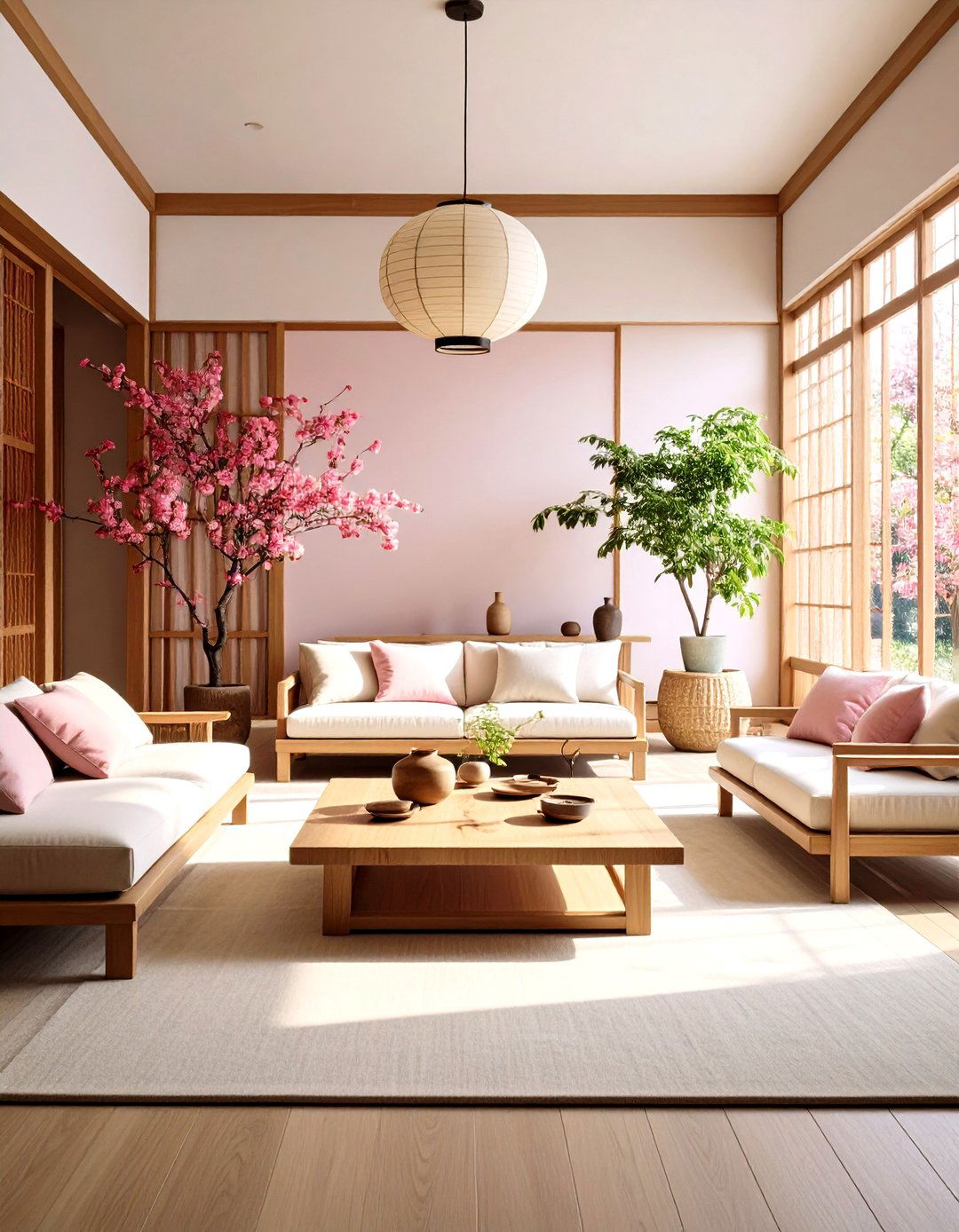
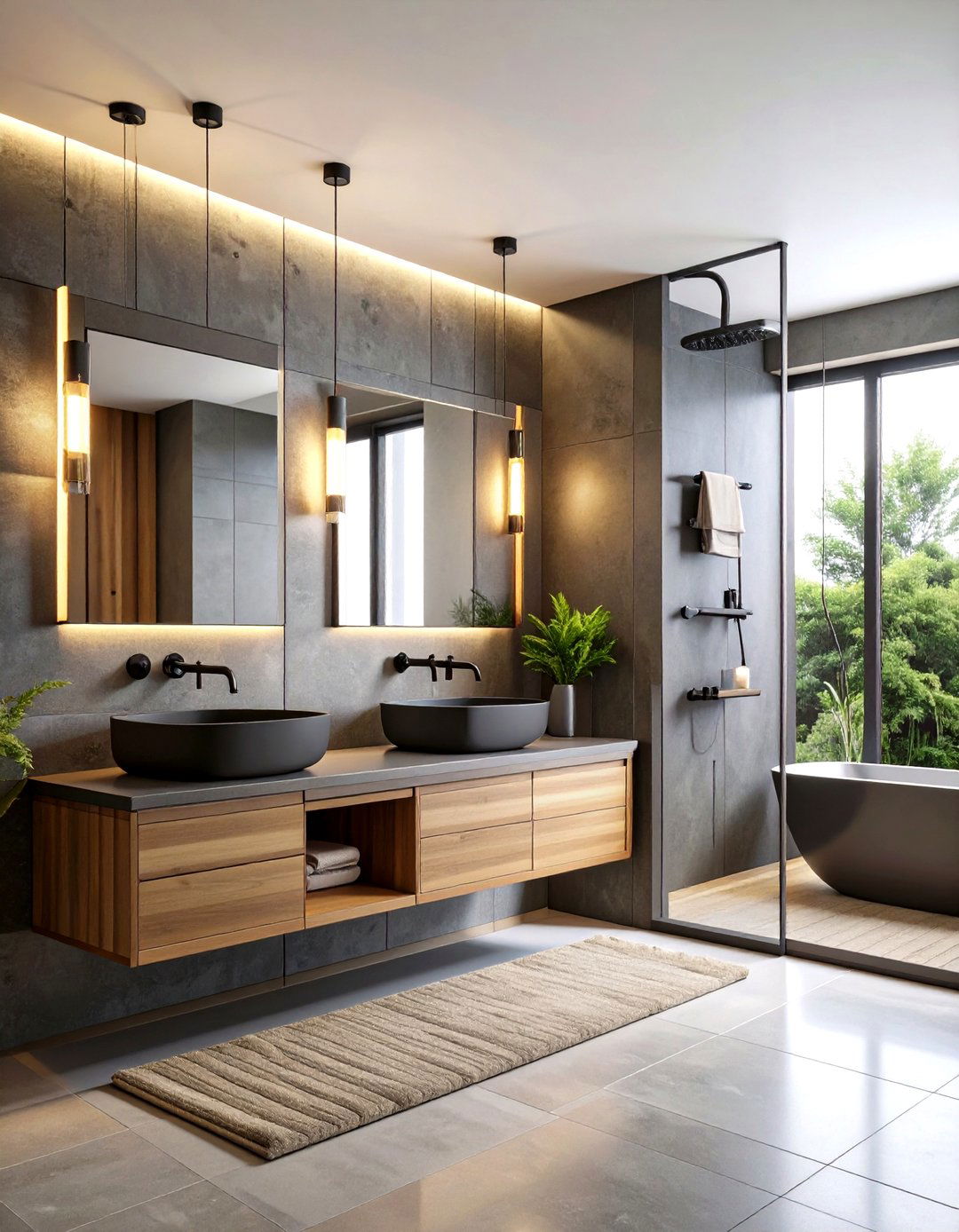
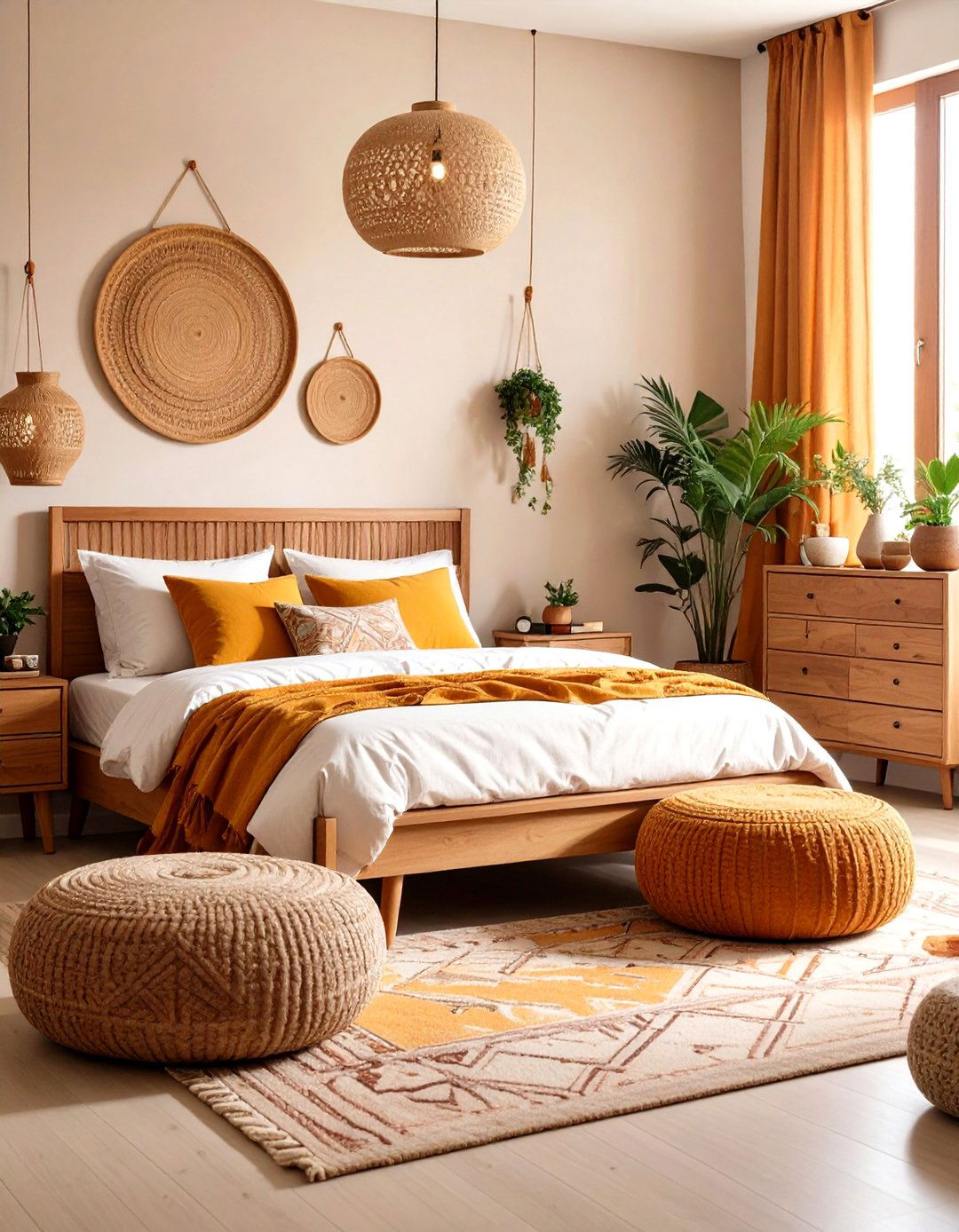

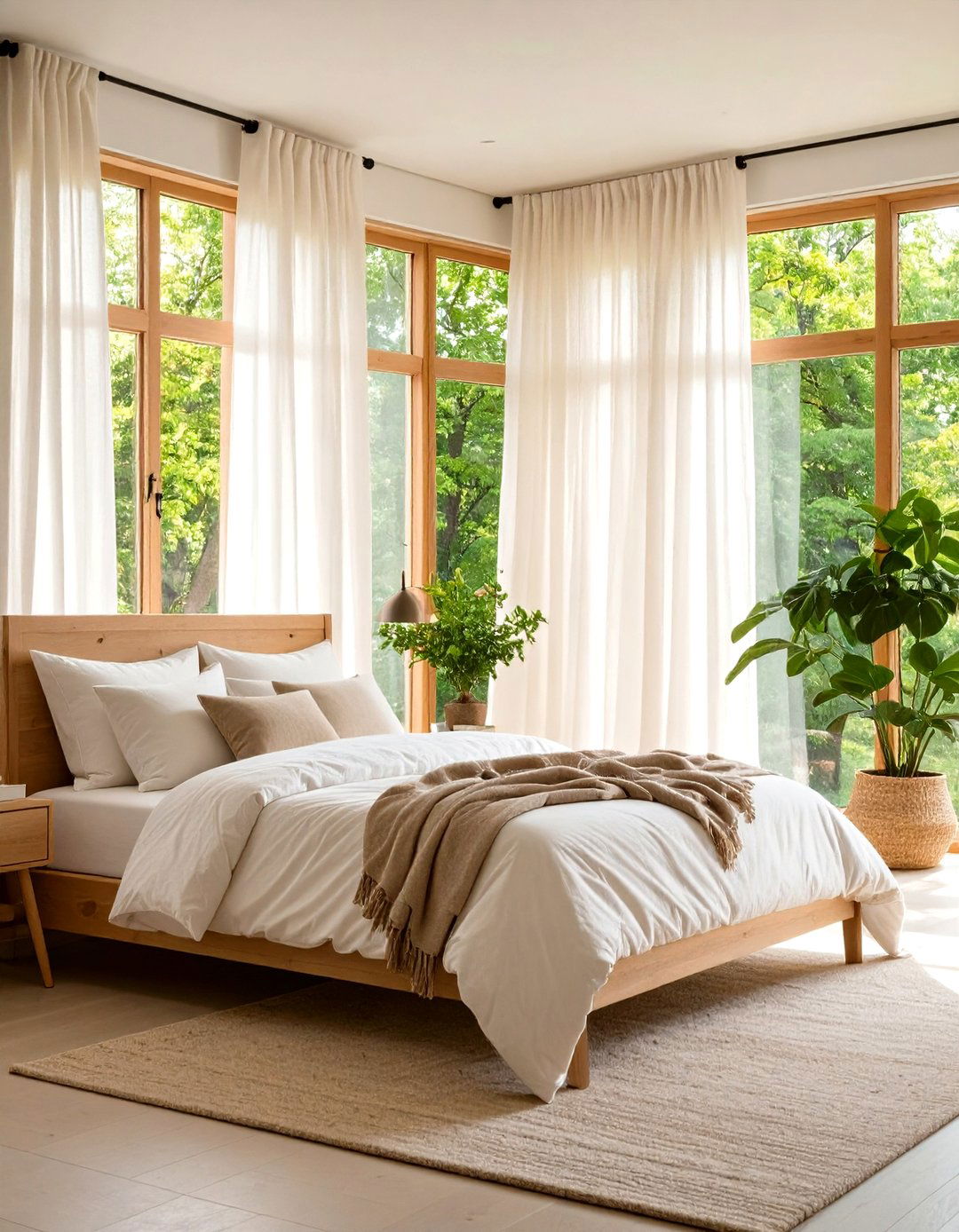
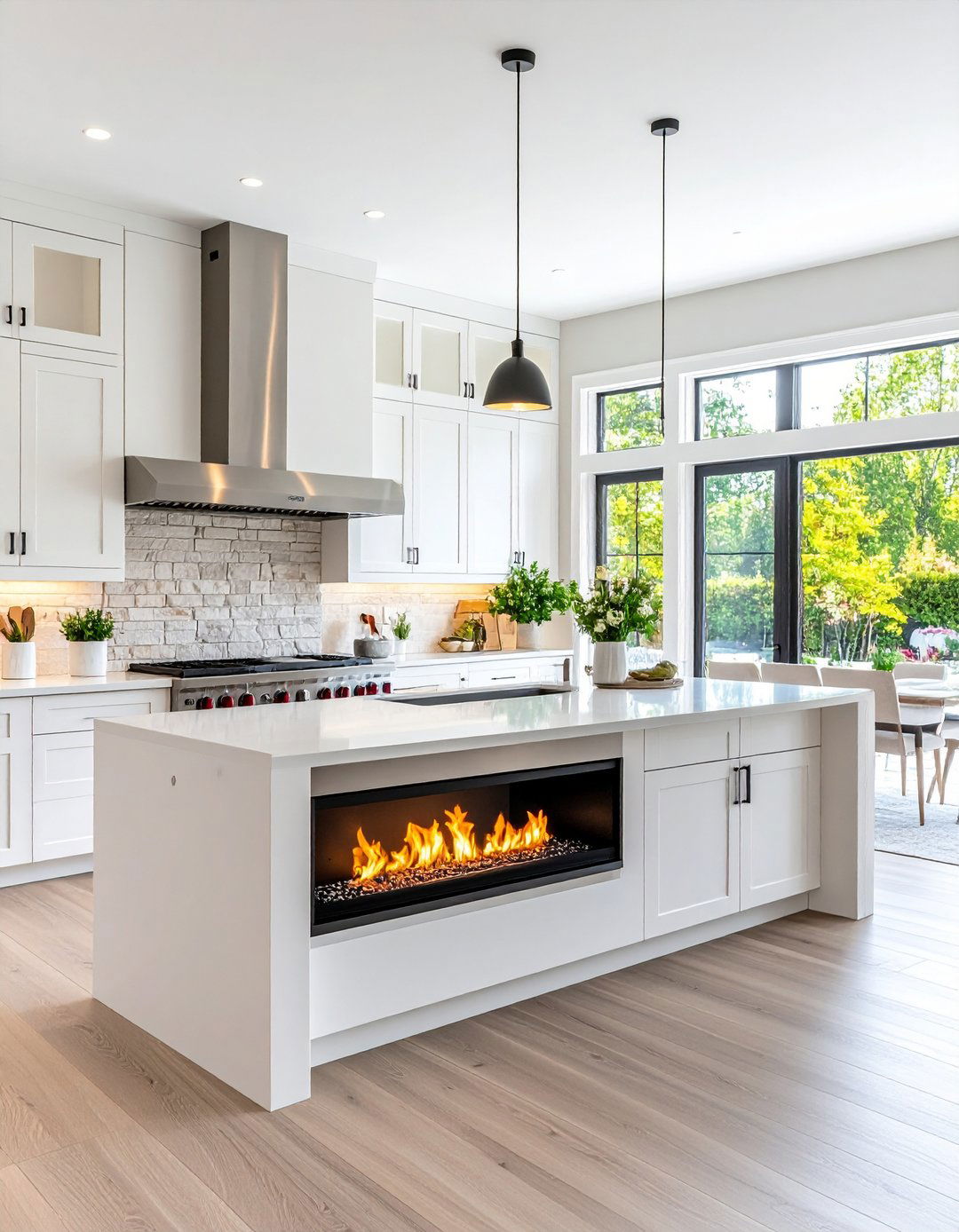
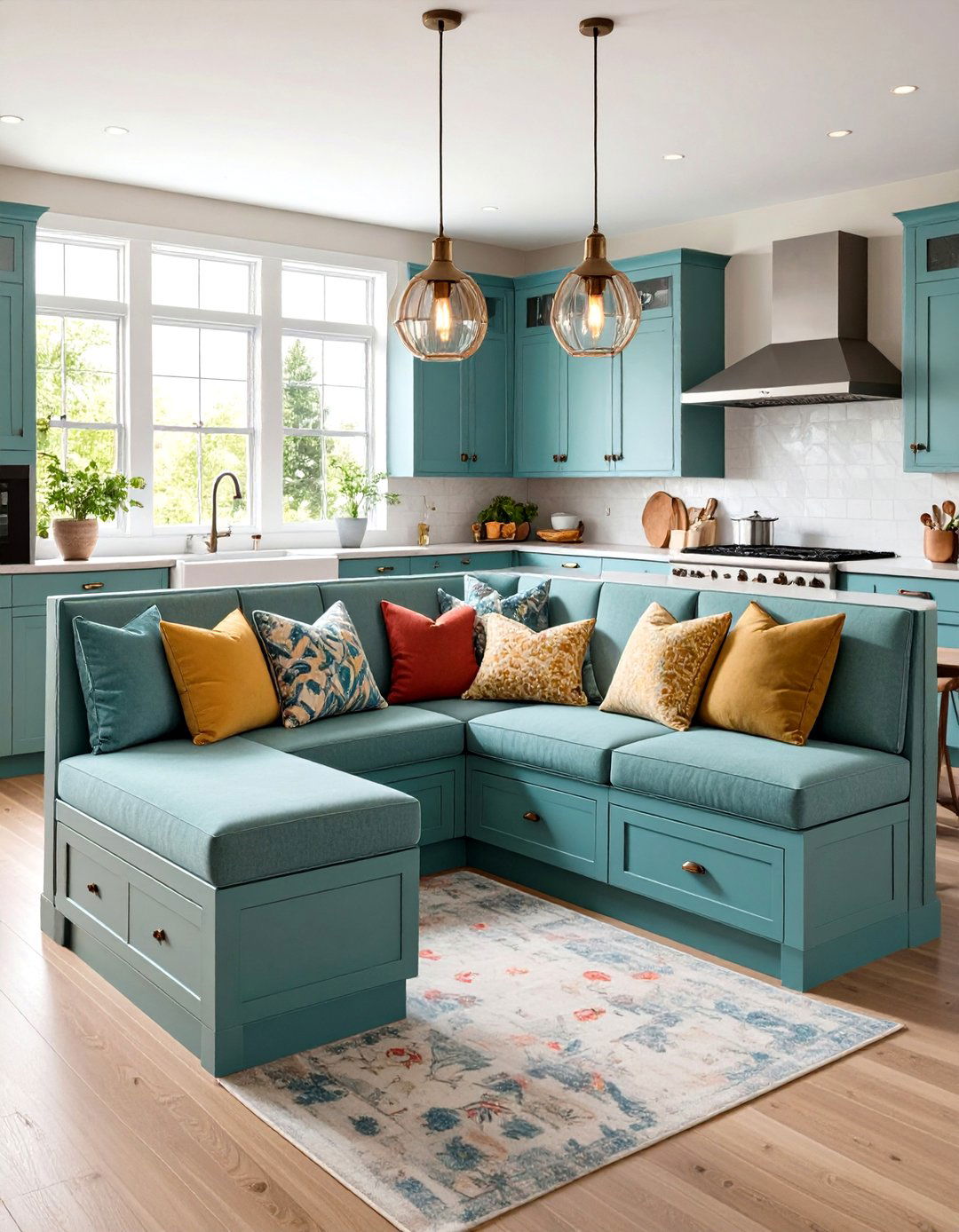
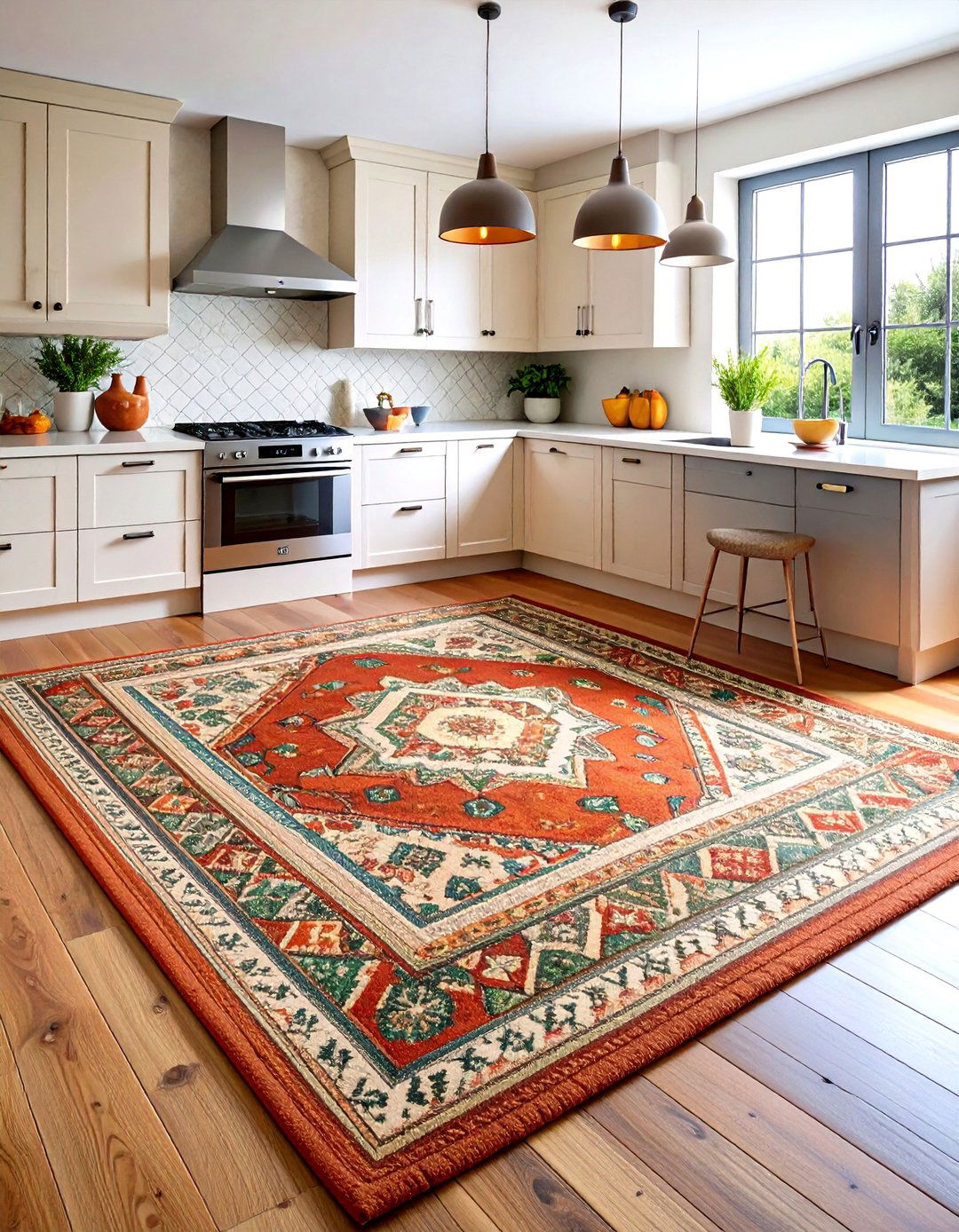
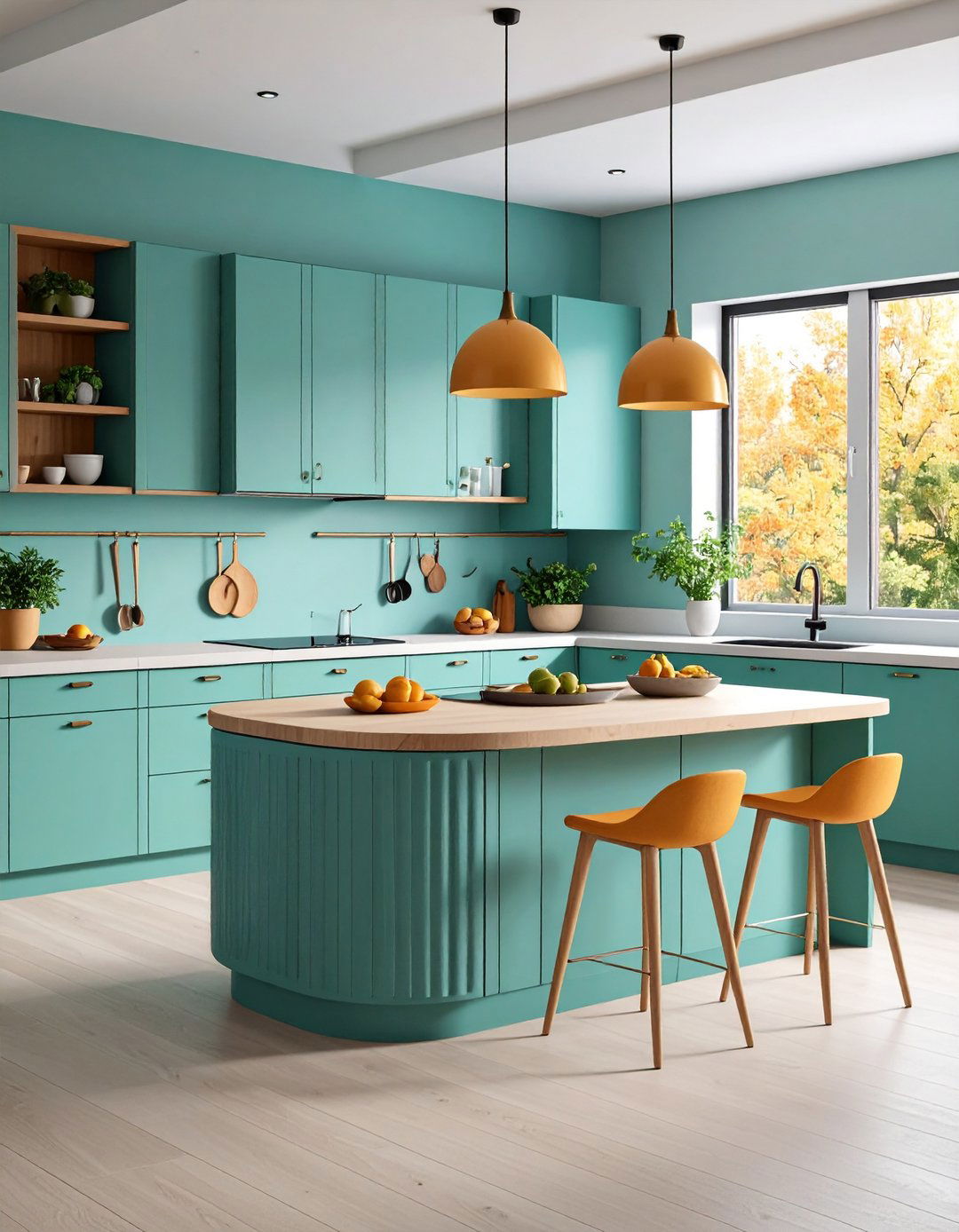
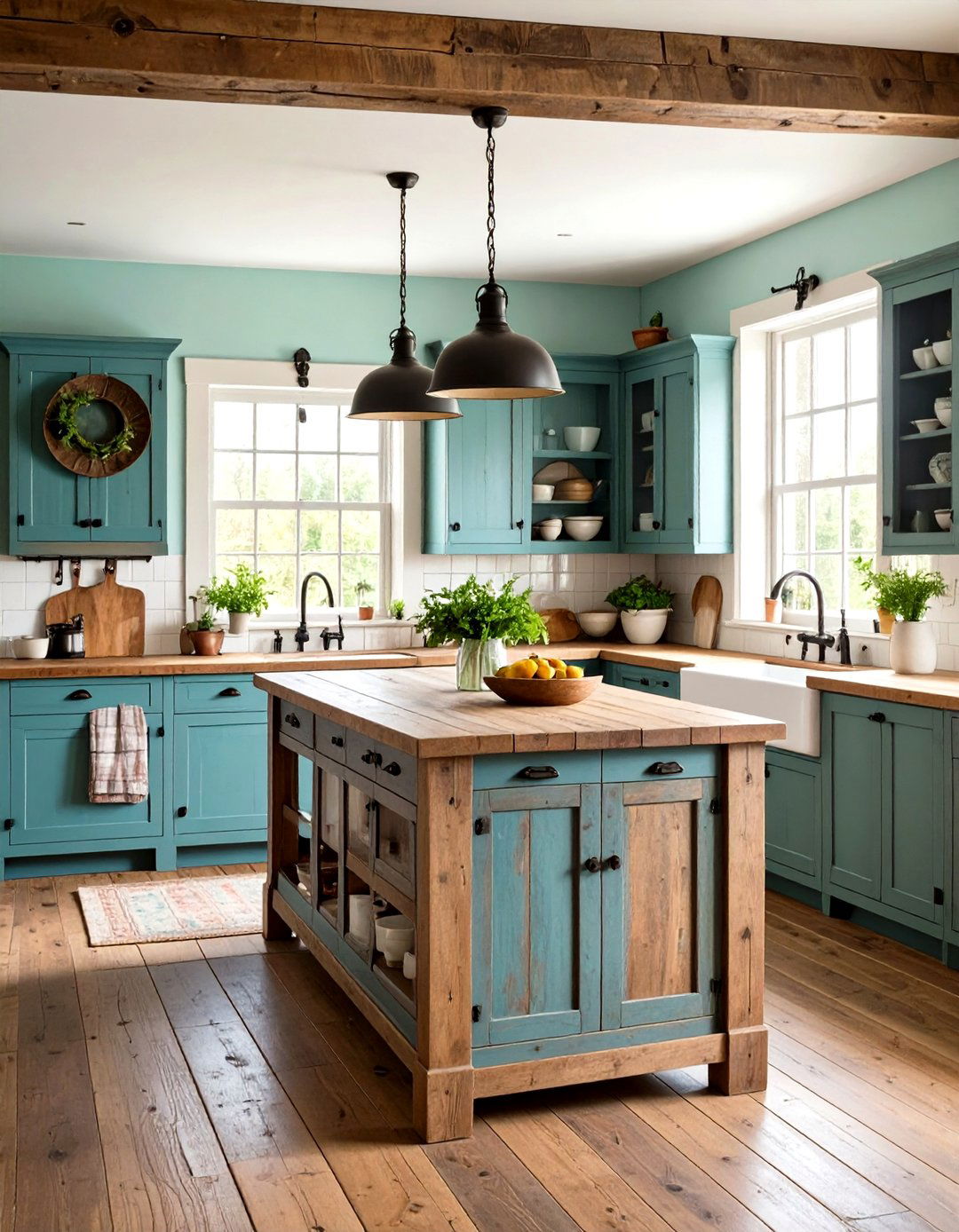
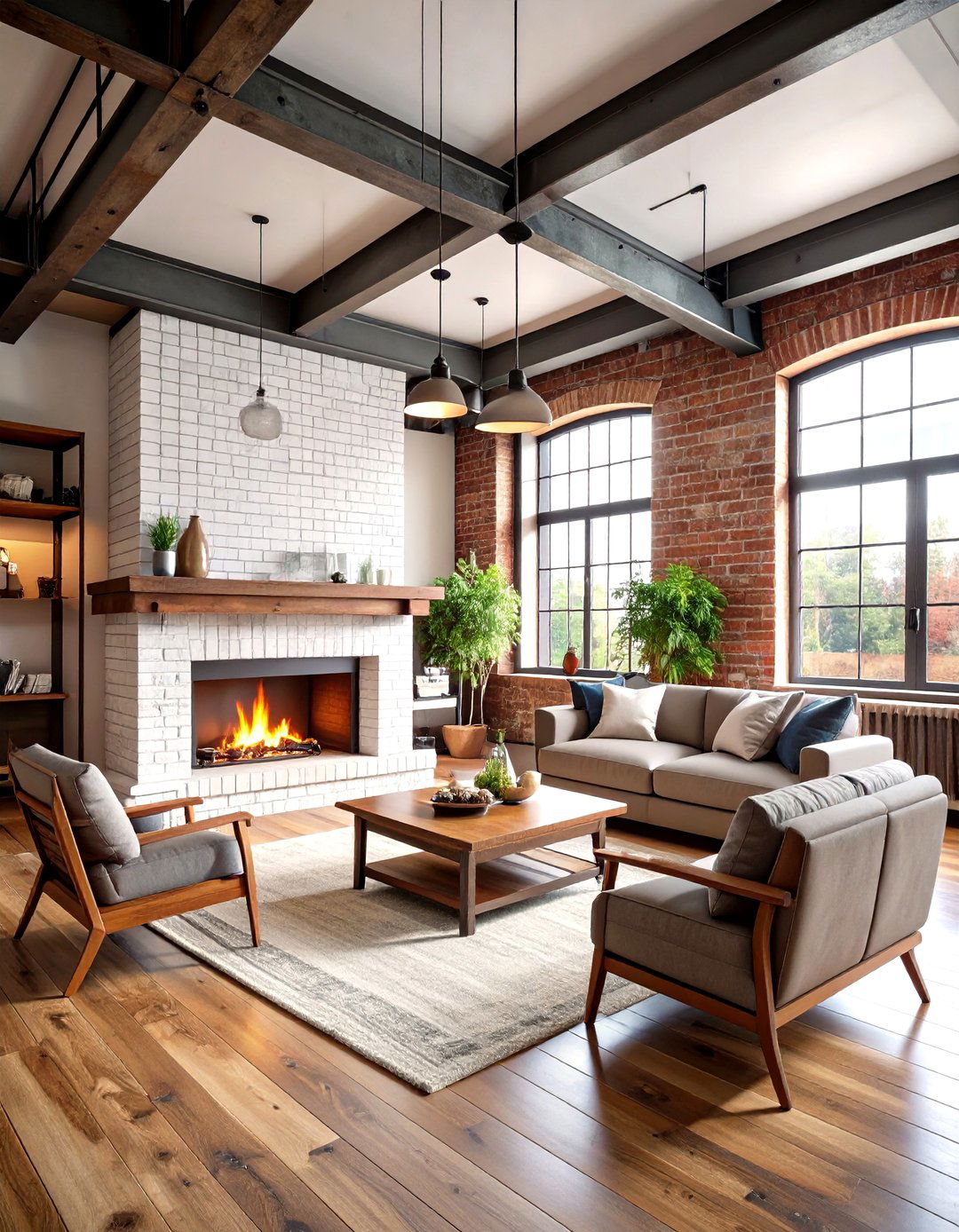
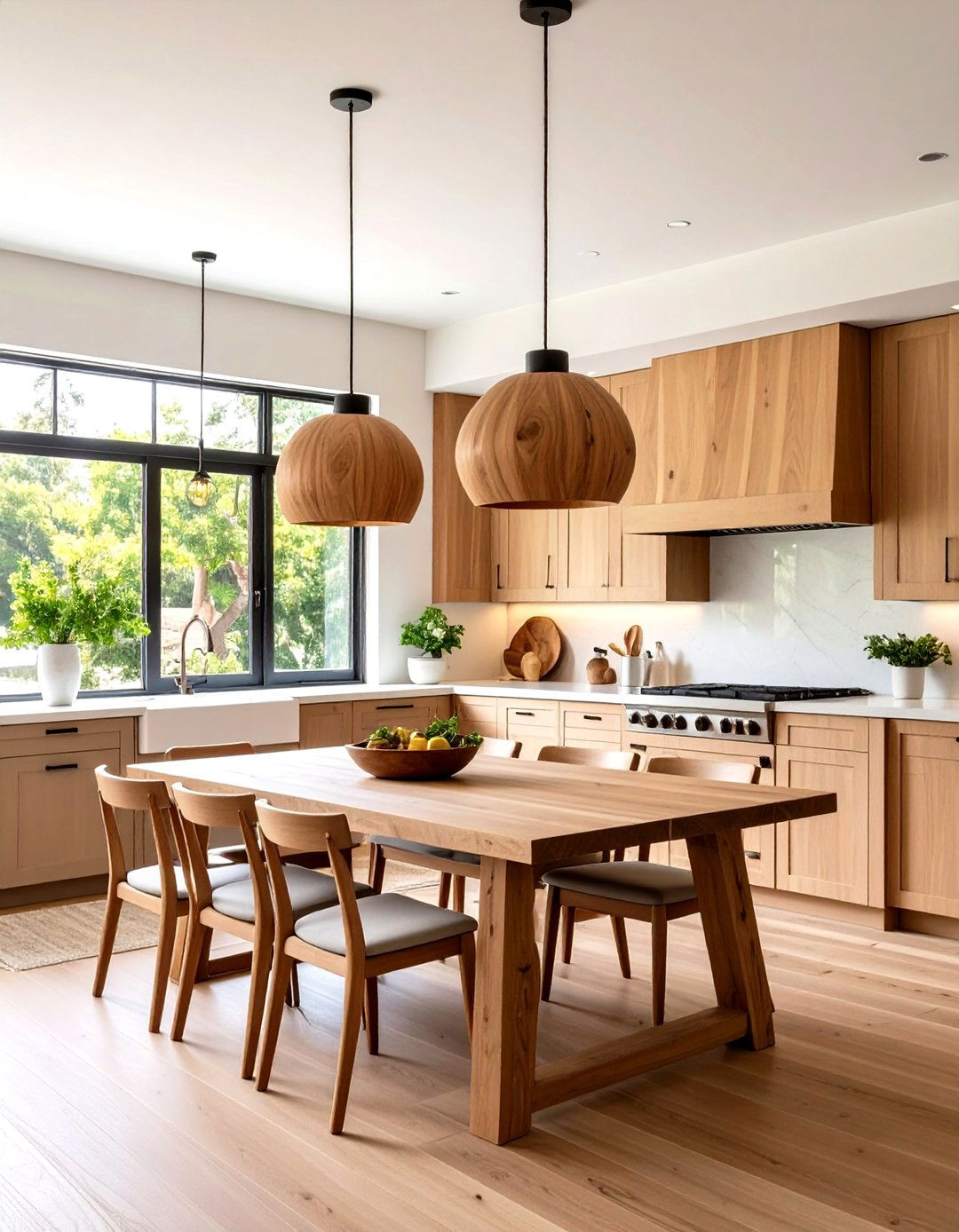
Leave a Reply